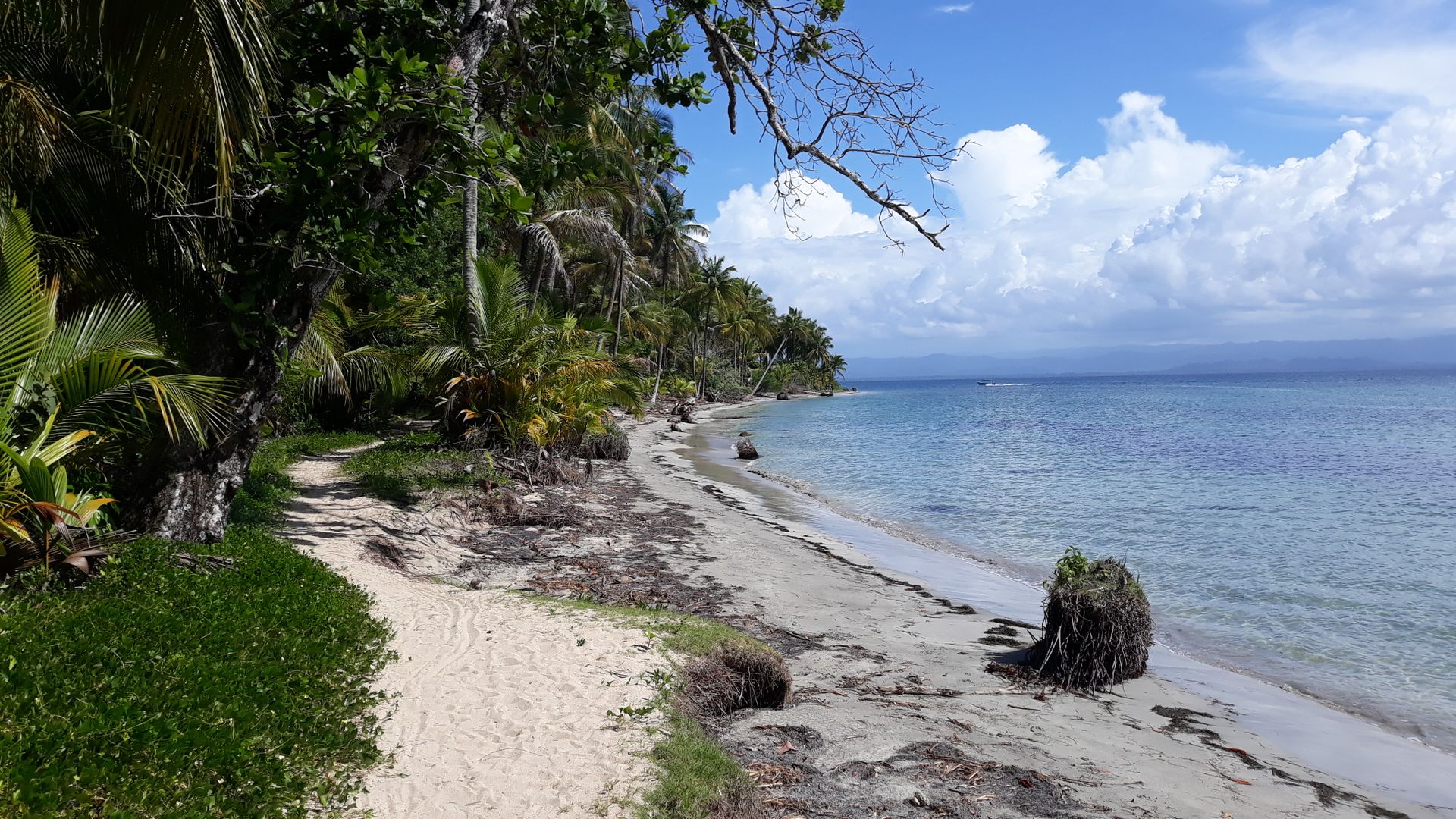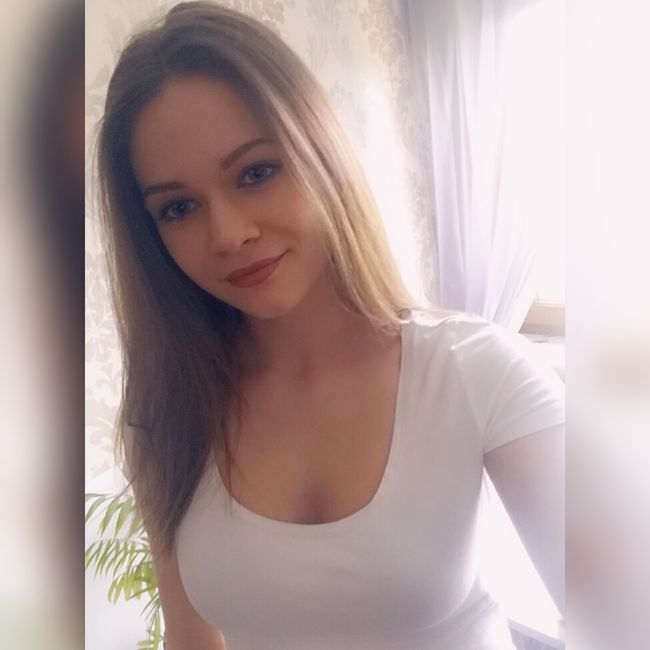Buenos Aires - Microcenter and adjacent neighborhoods
Апублікавана: 01.03.2019
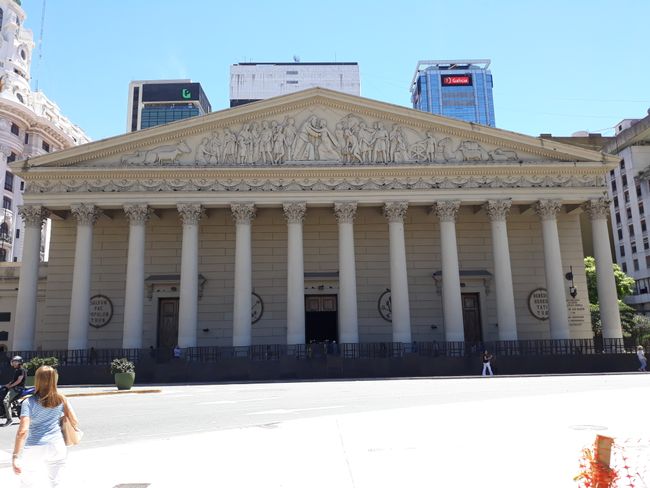
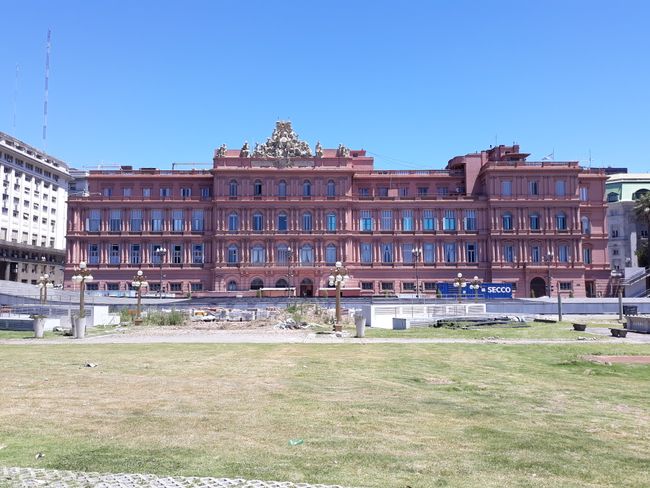
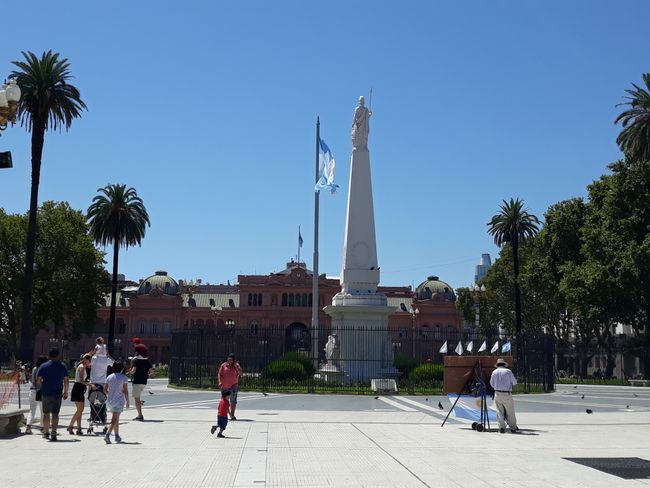
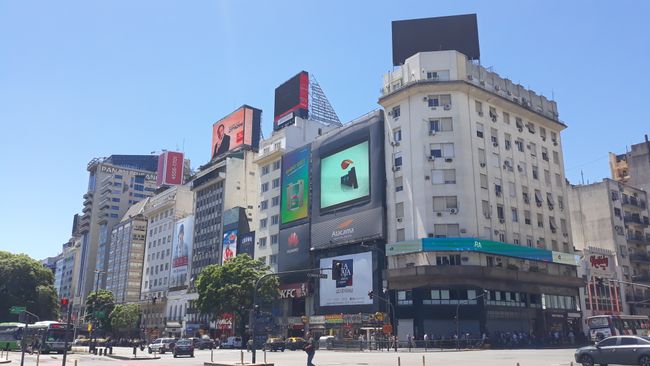
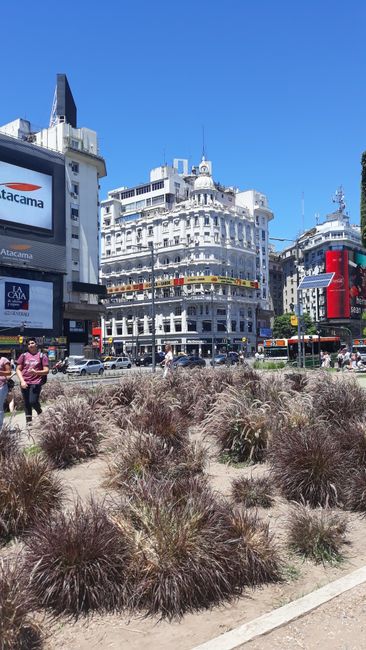
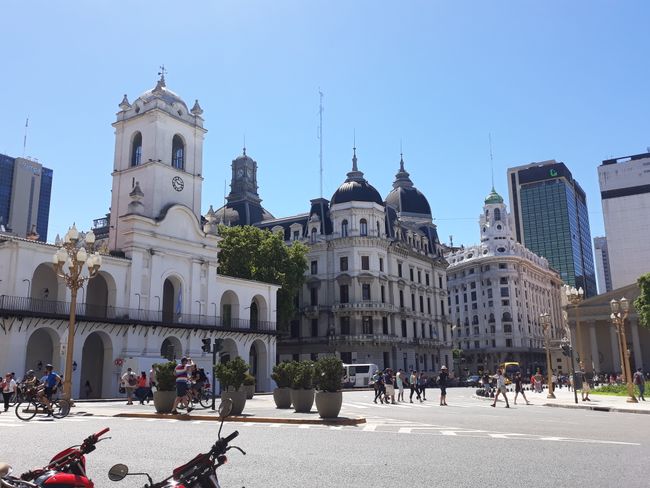
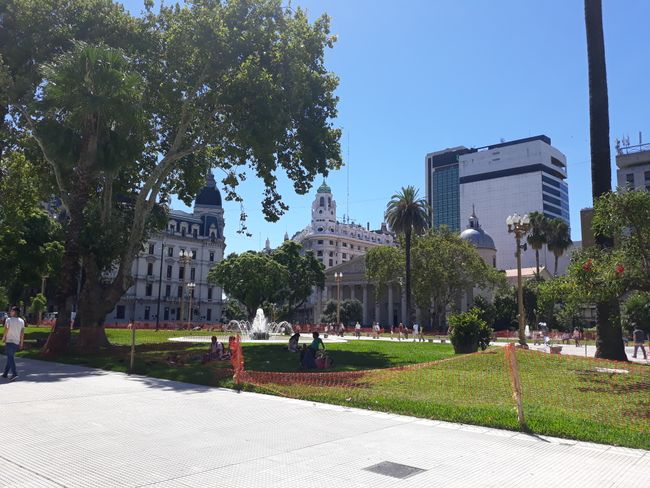
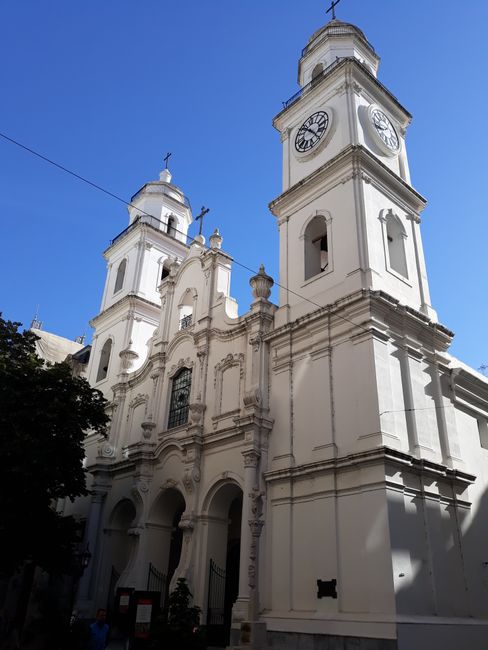
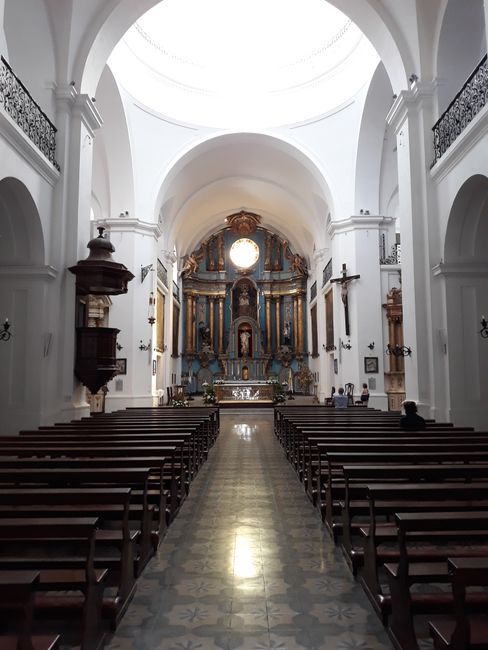
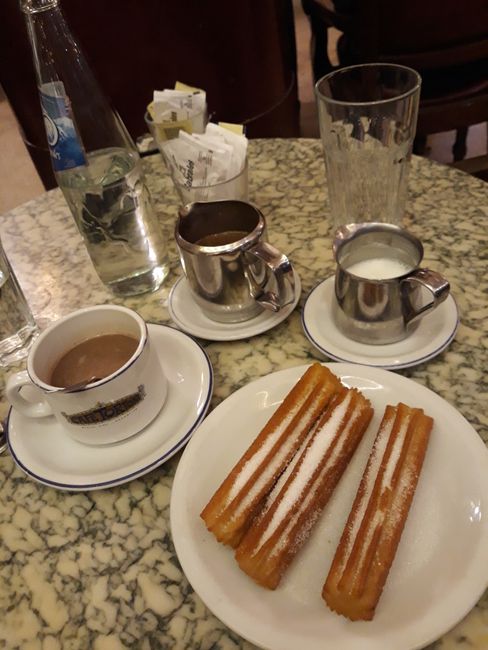
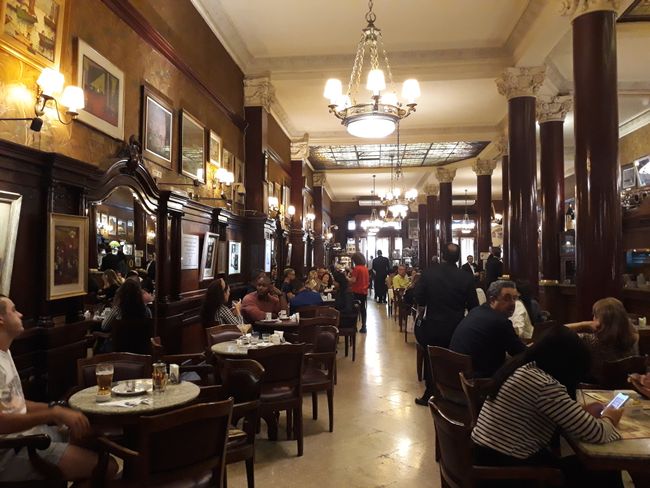
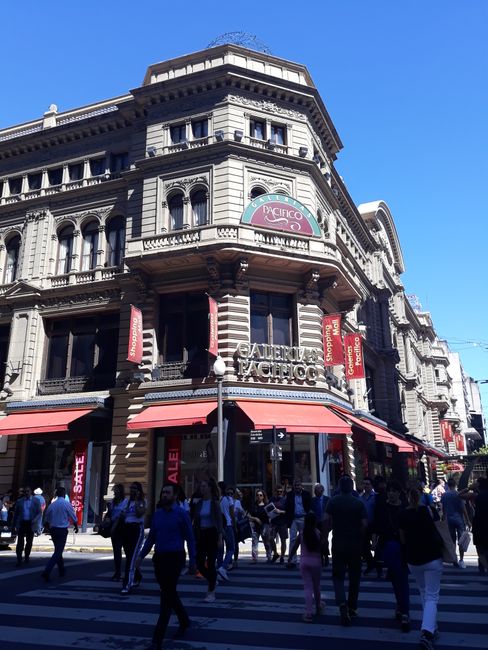
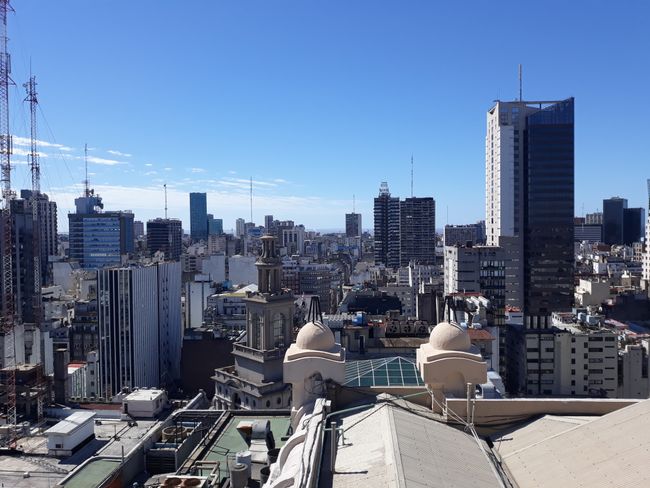
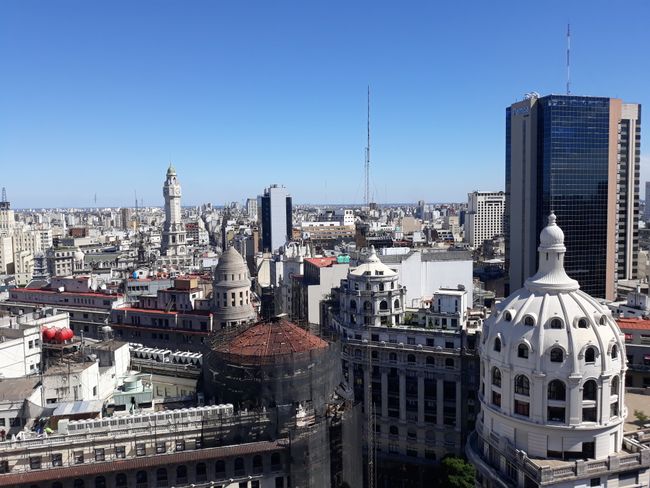
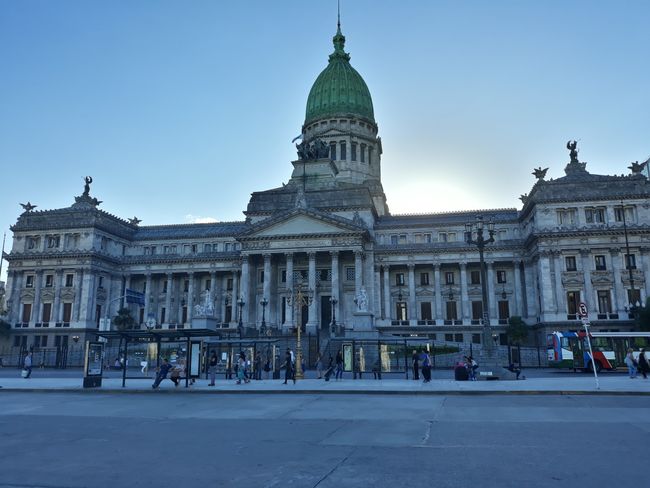
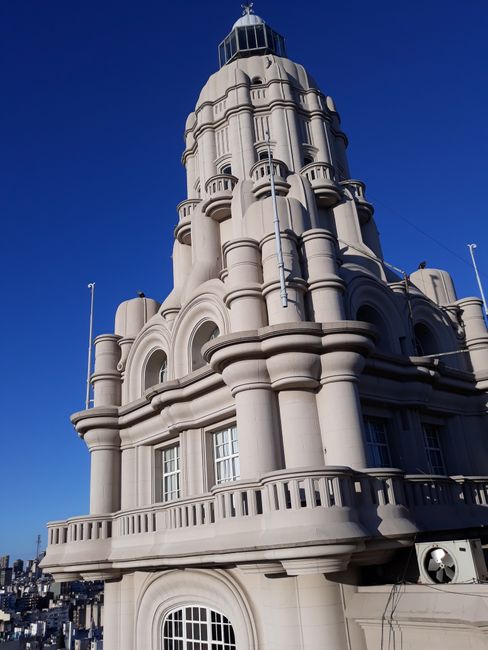
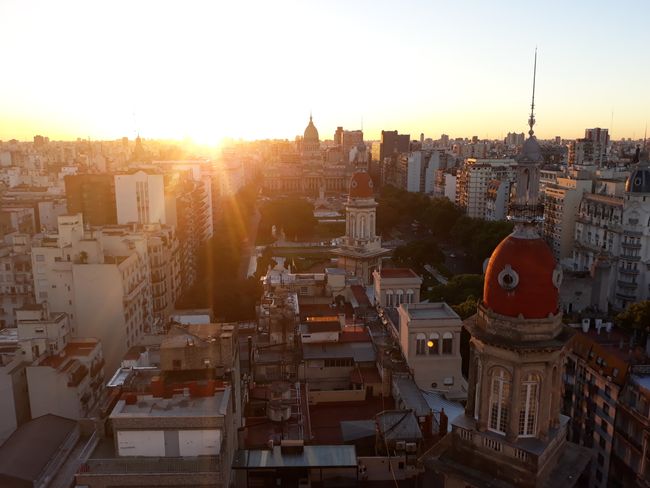
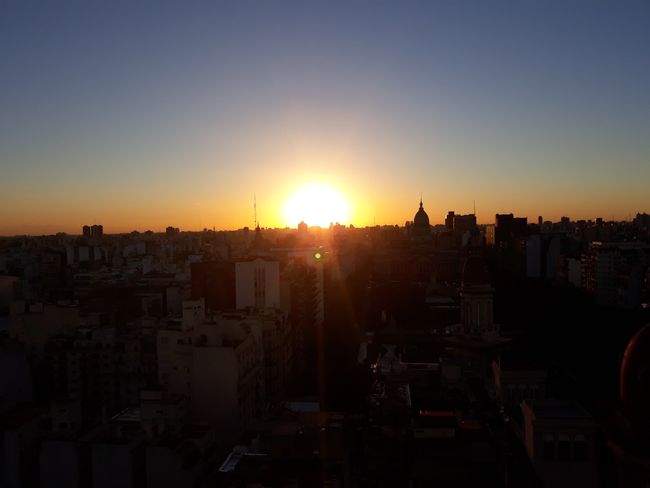
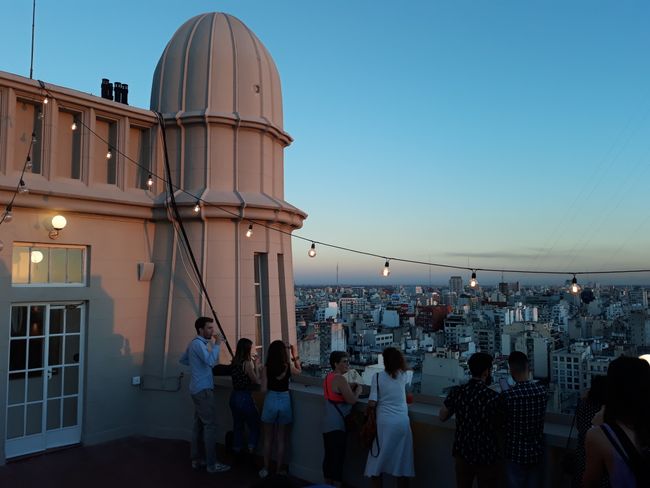
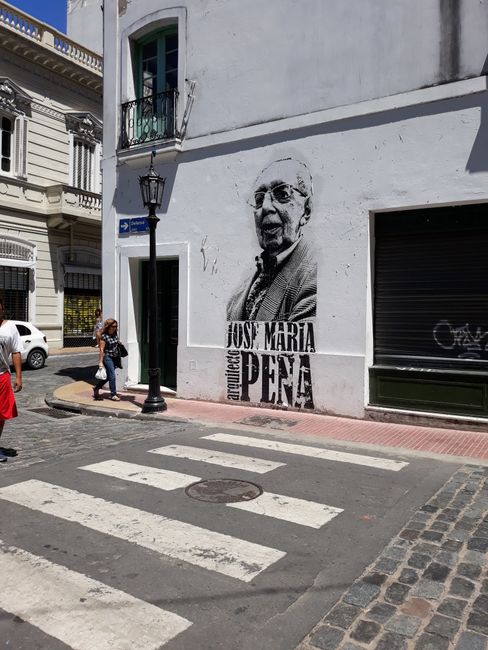
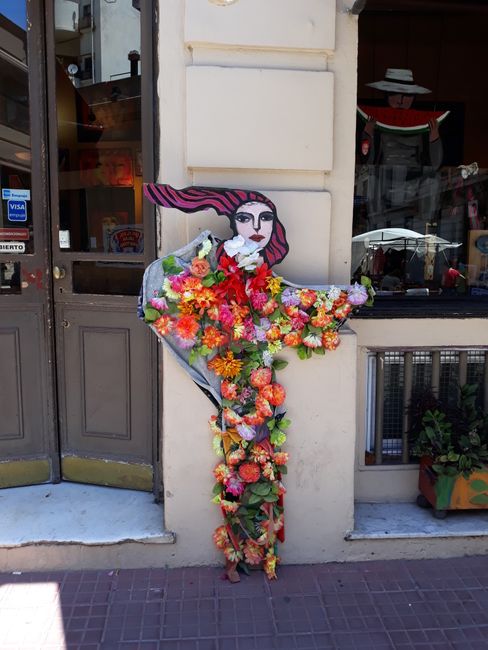
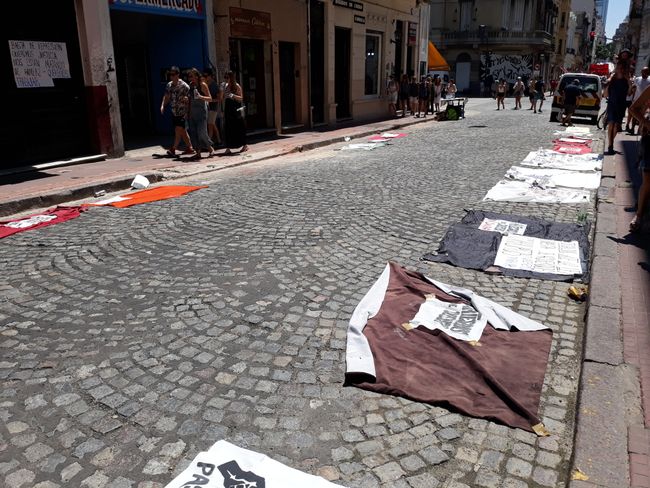
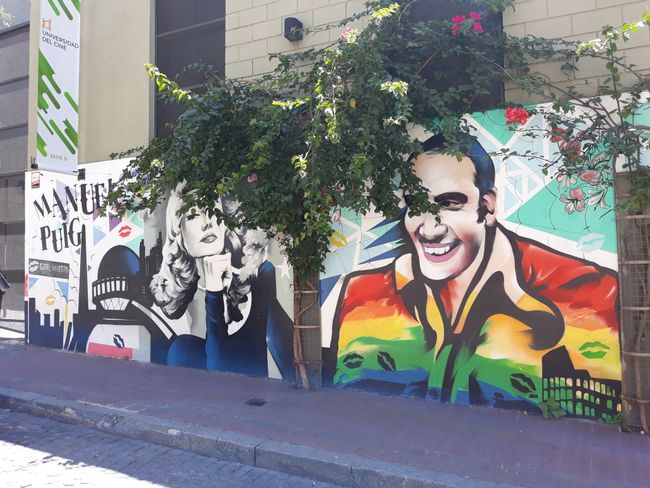
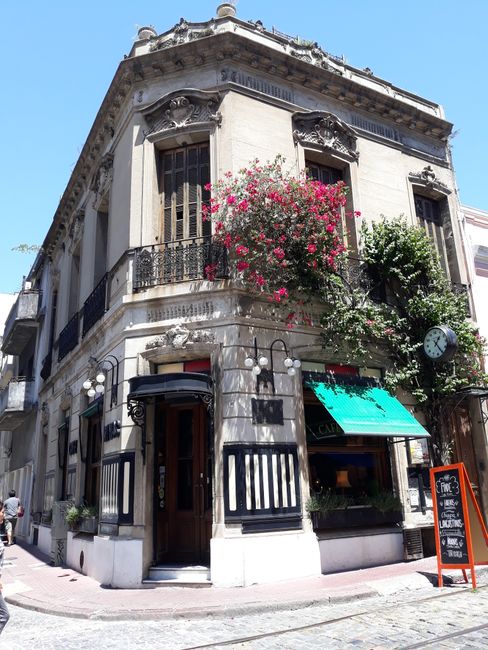
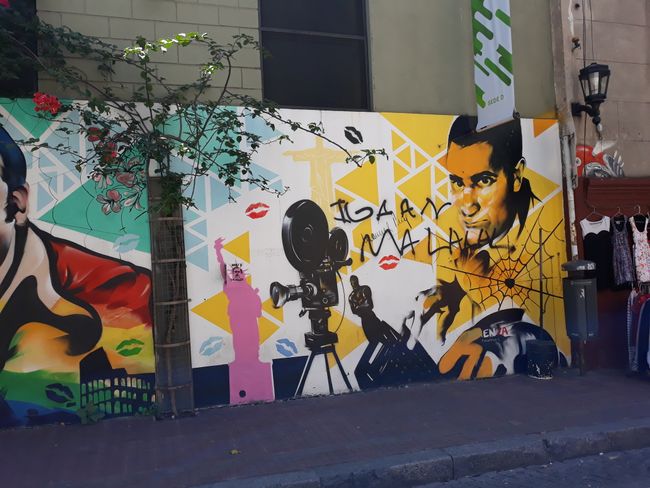
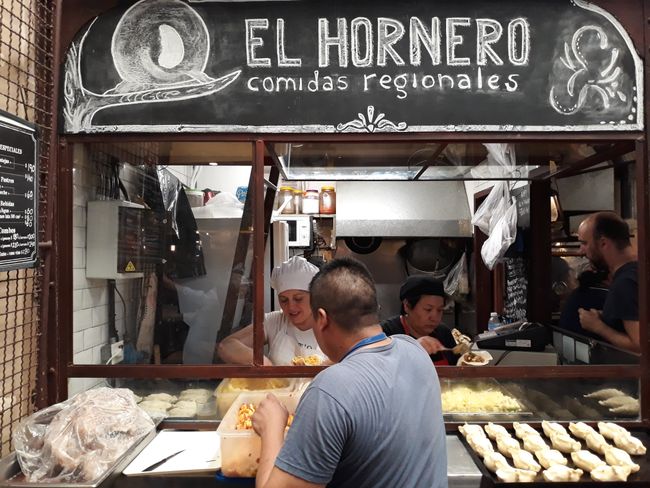
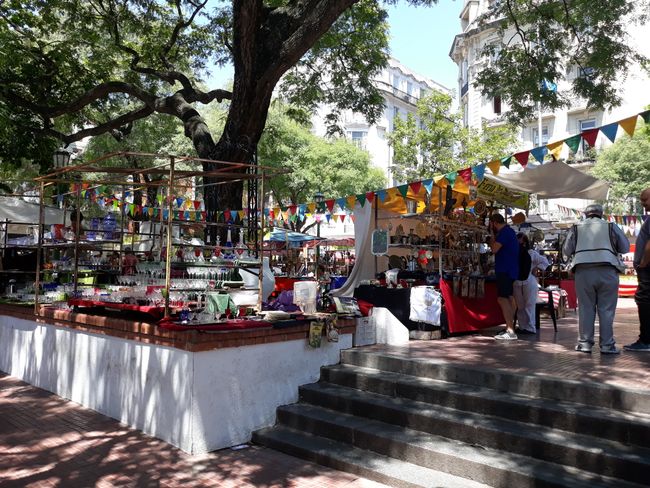
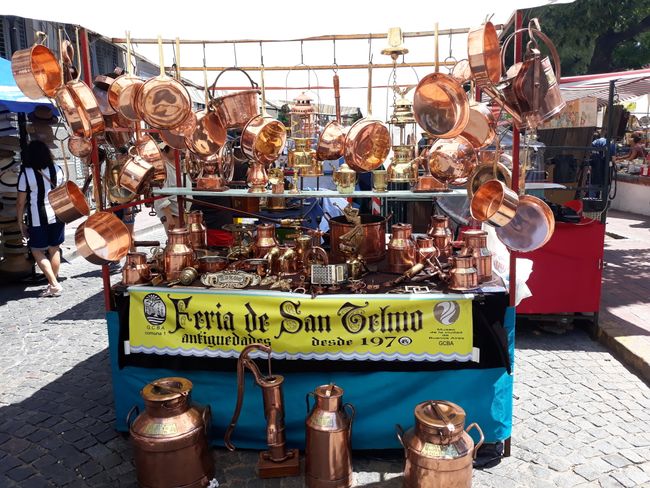
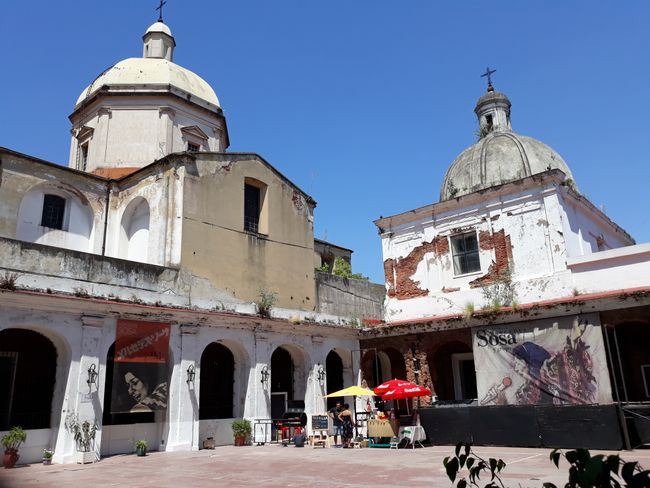
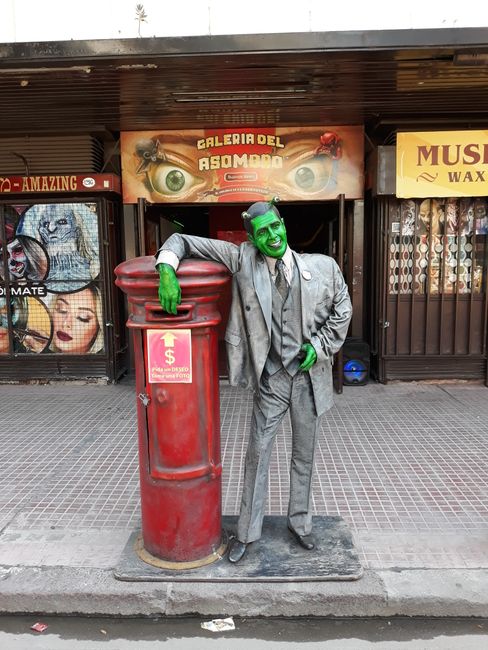
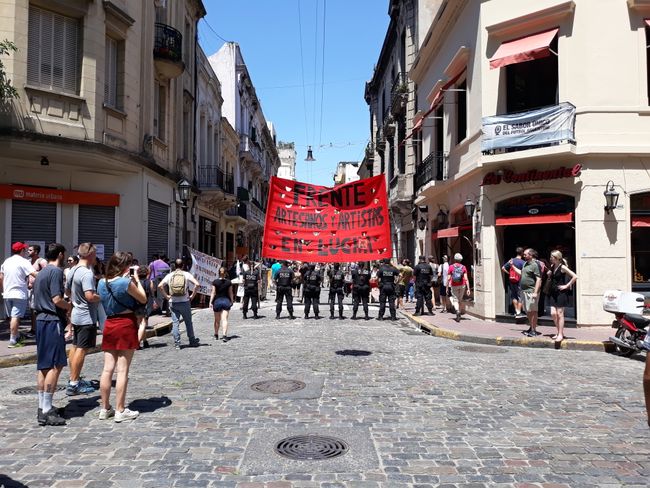
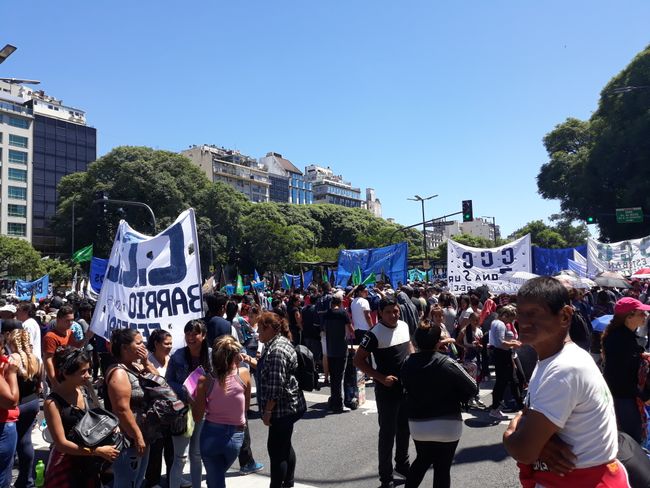
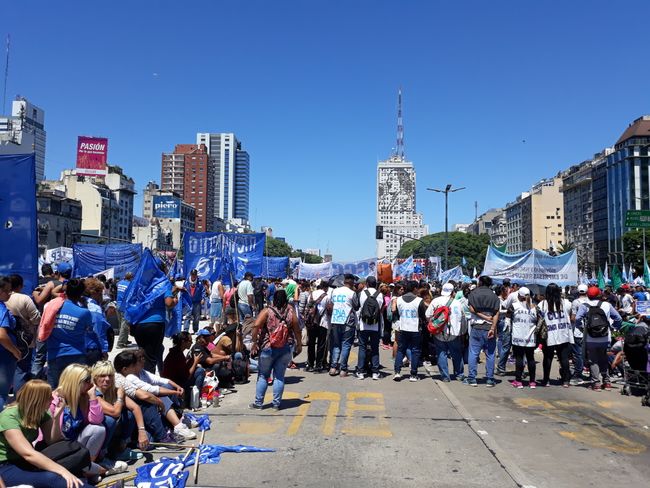
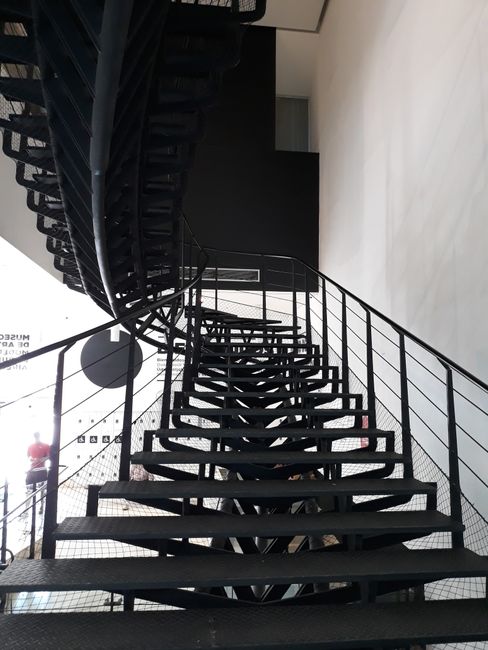
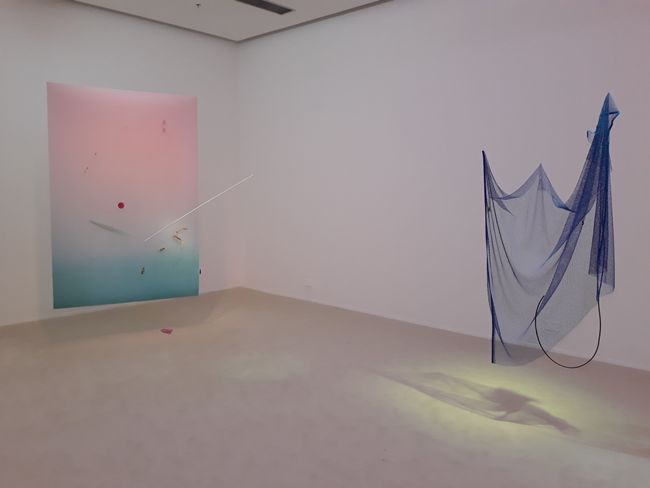
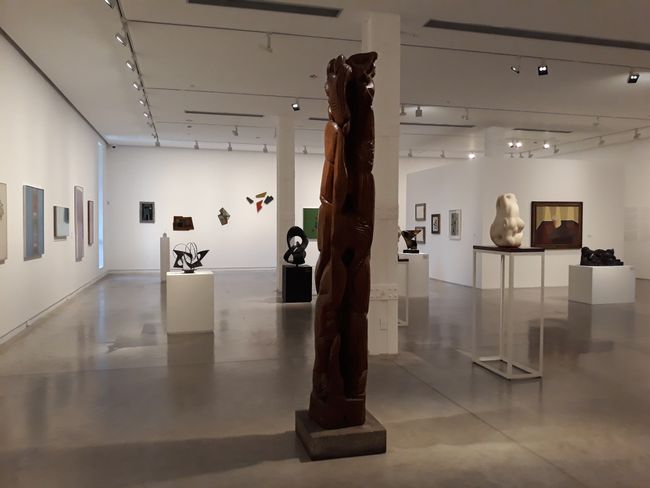
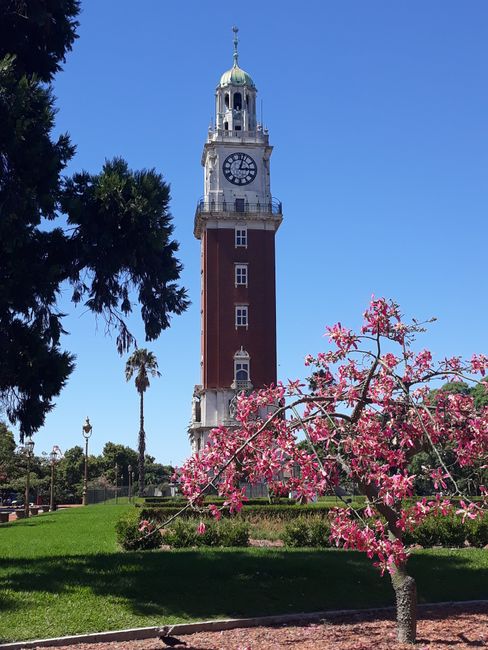
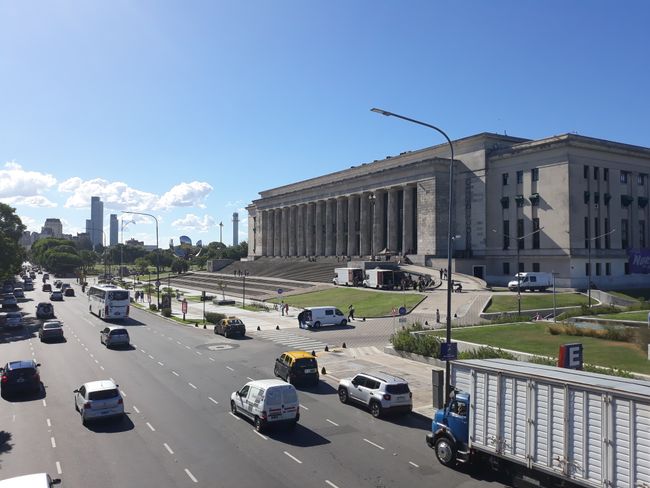
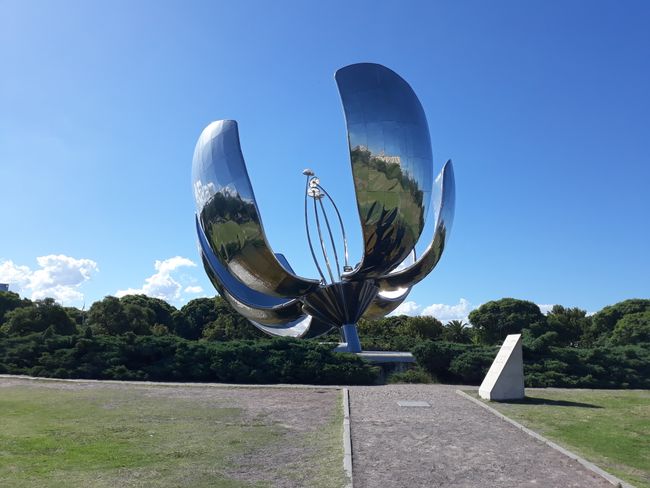
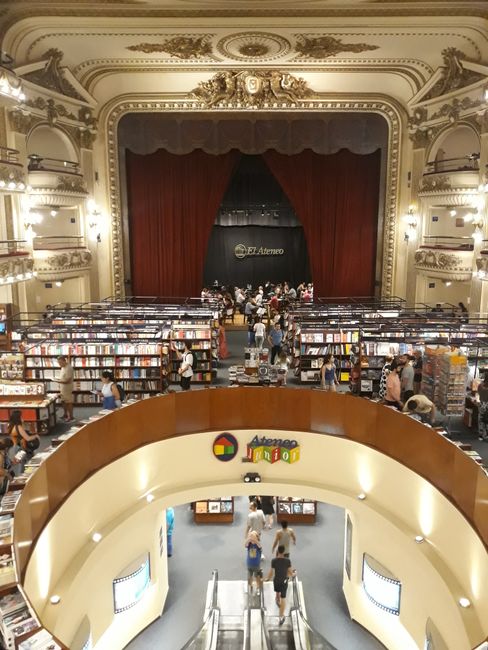
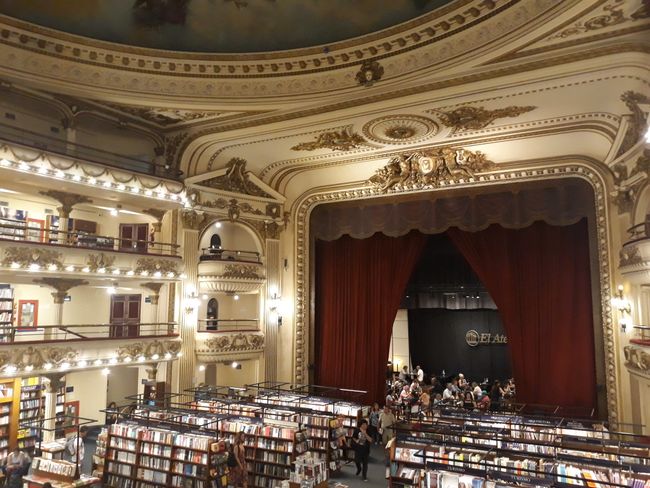
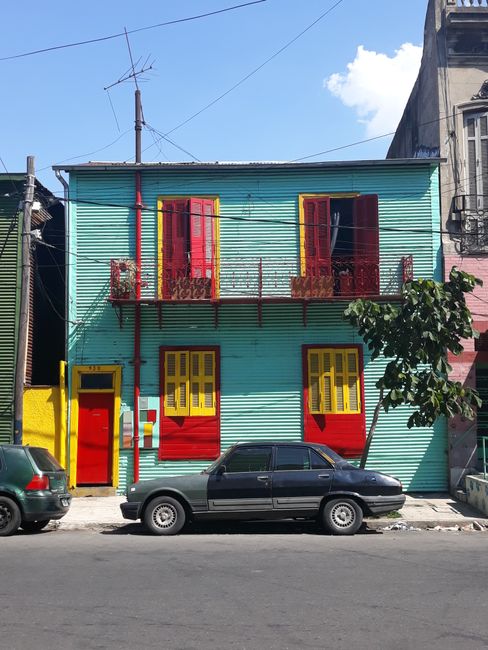
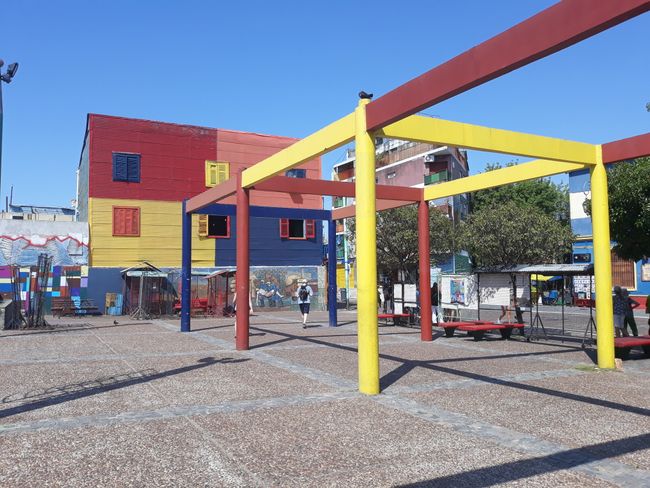
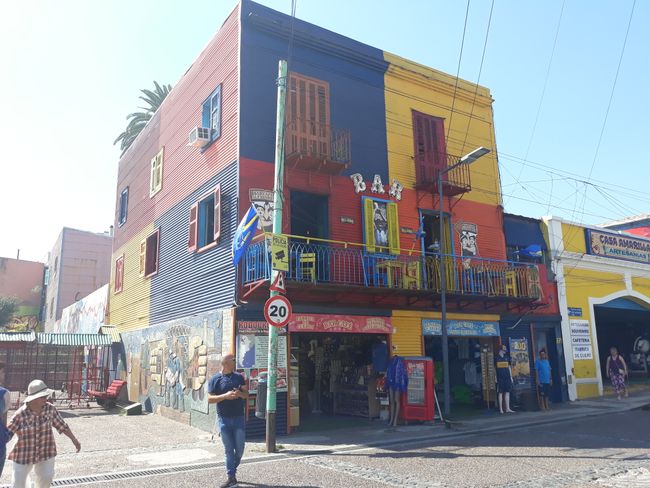
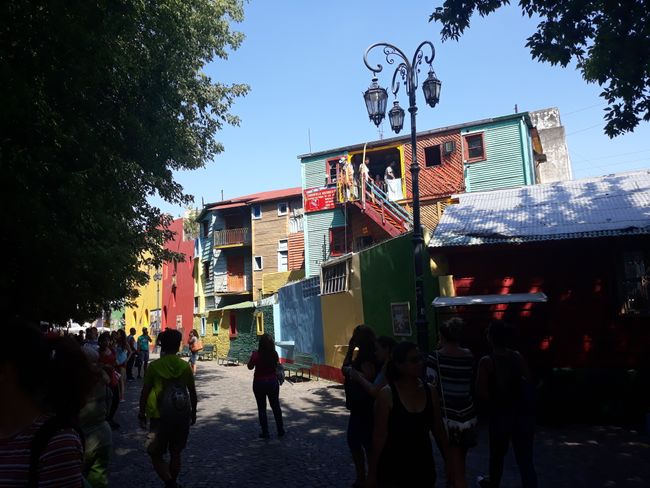
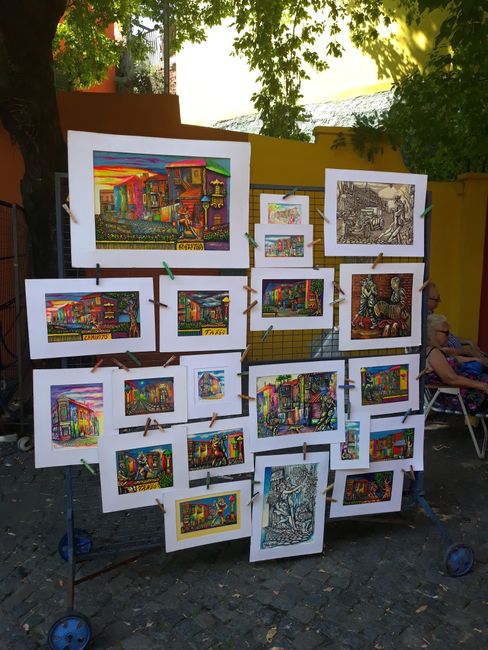
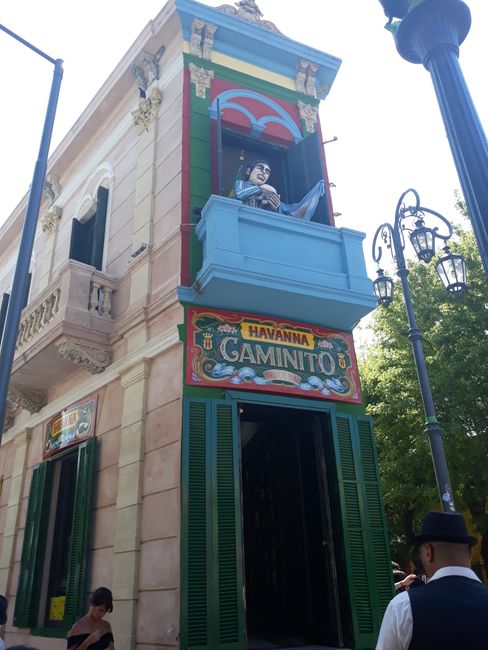
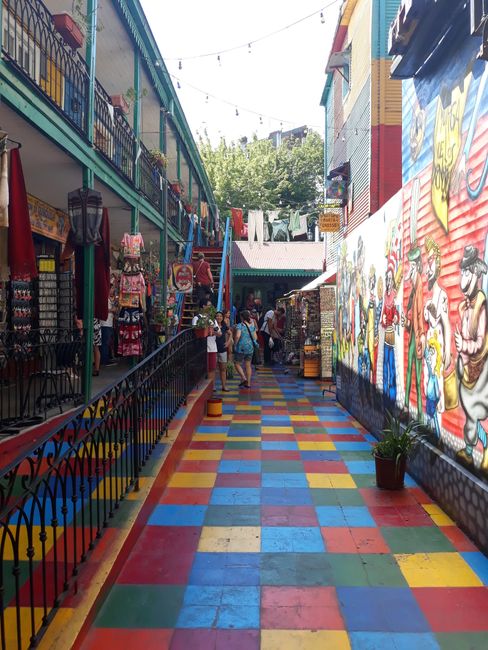
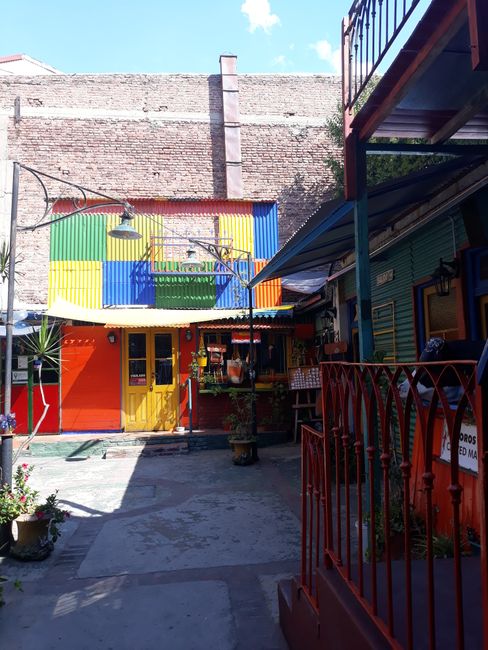
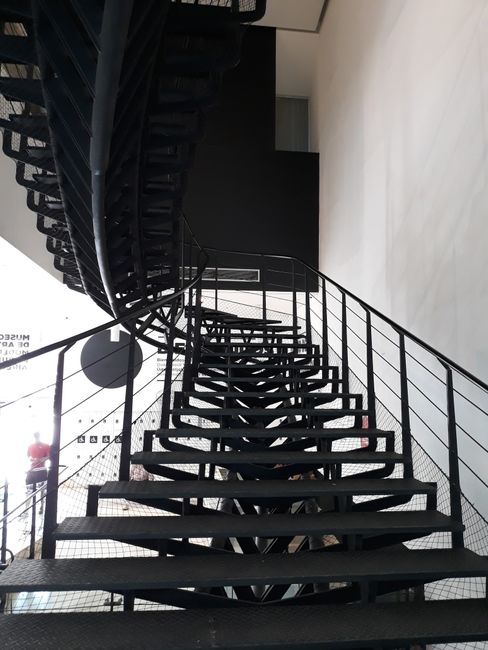
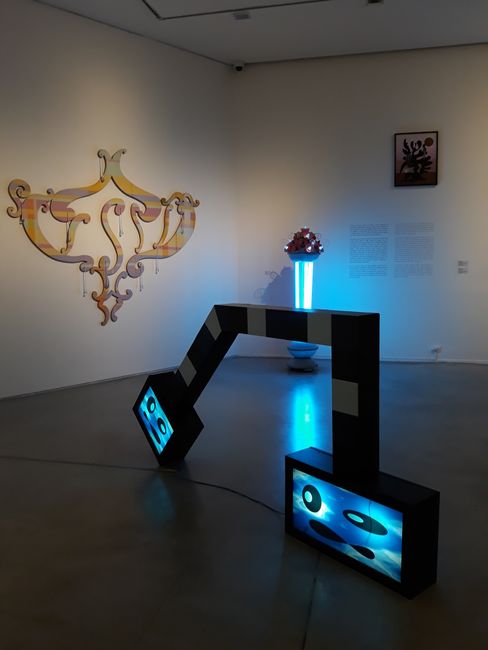
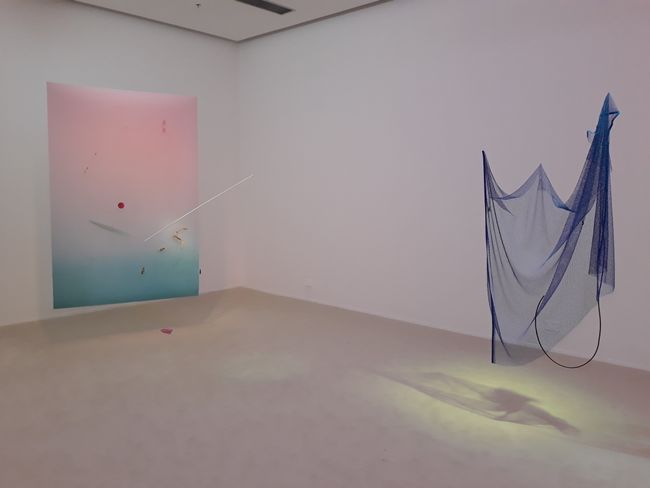
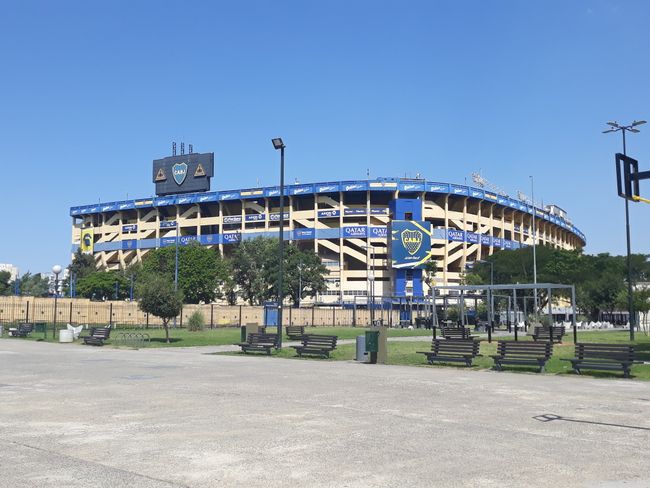
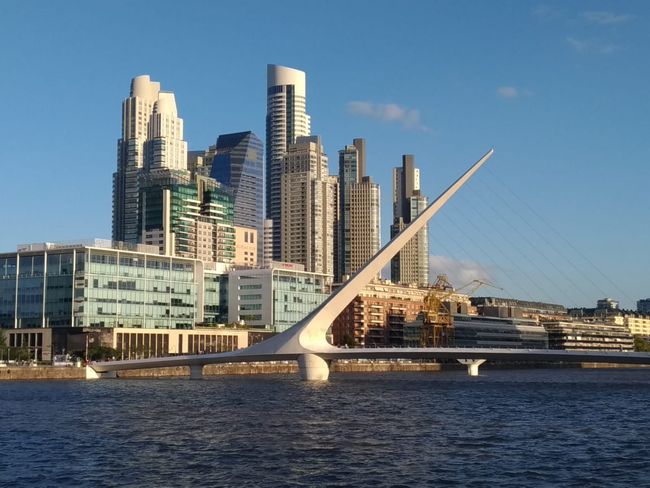
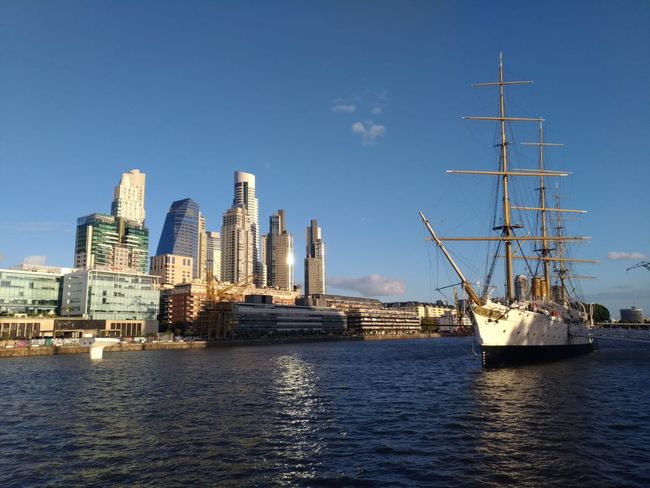
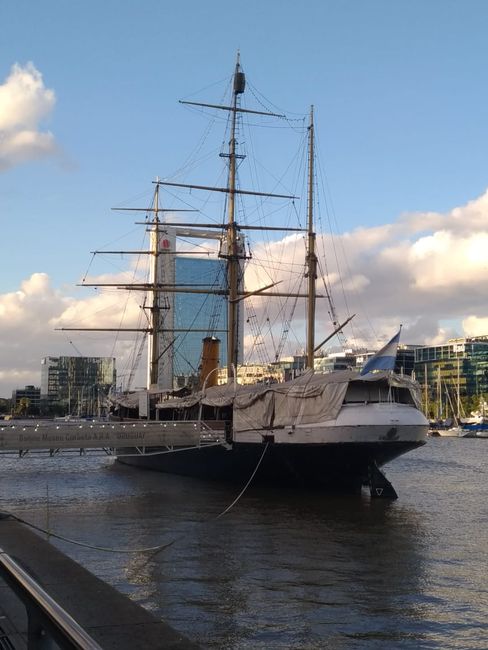
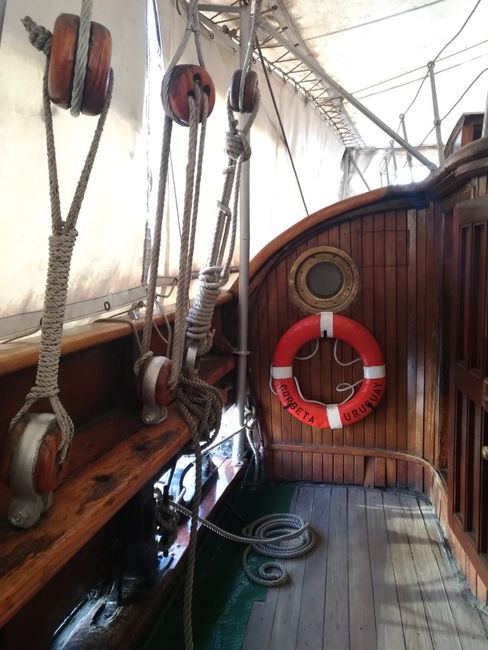
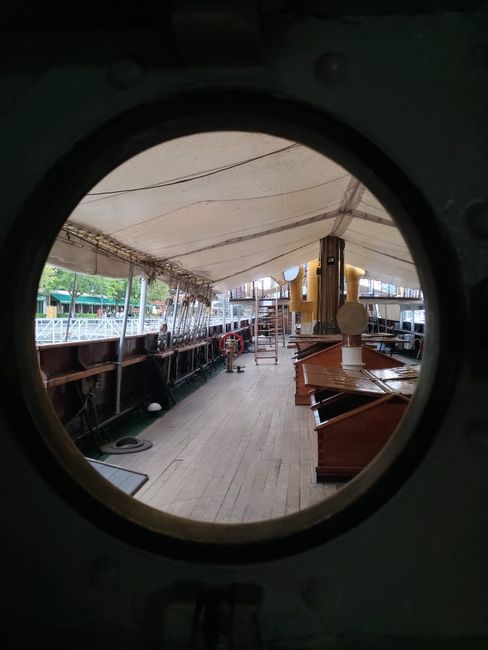
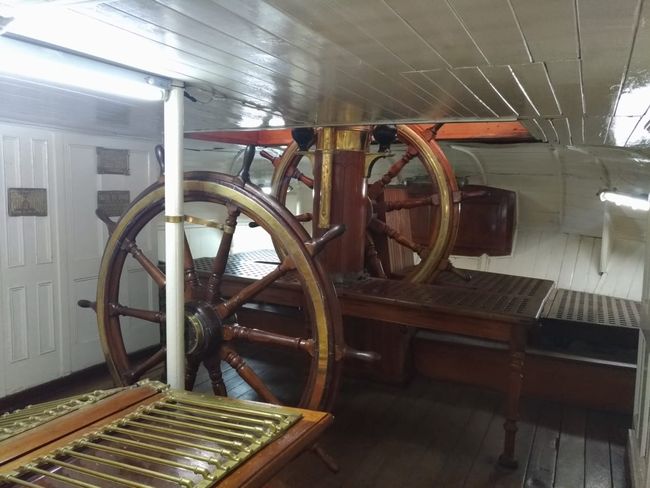
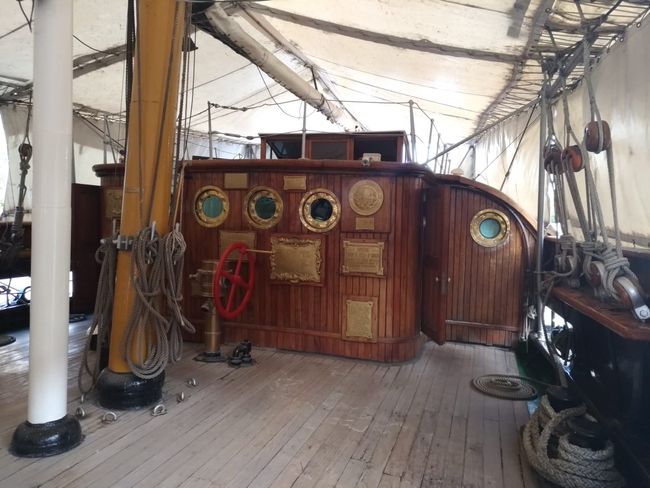
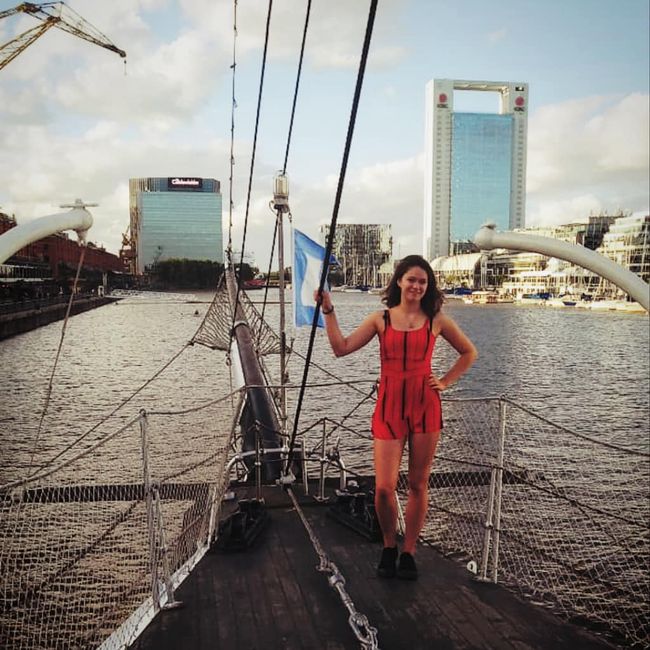
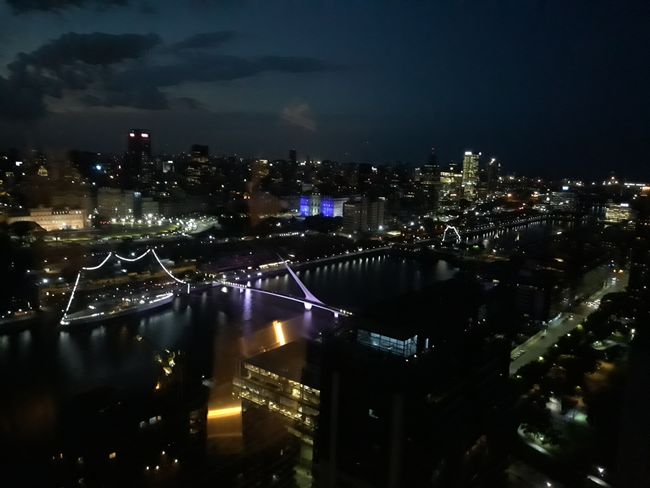
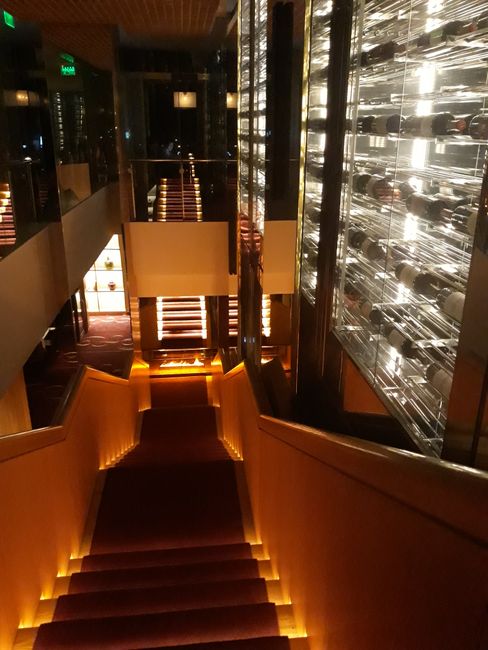
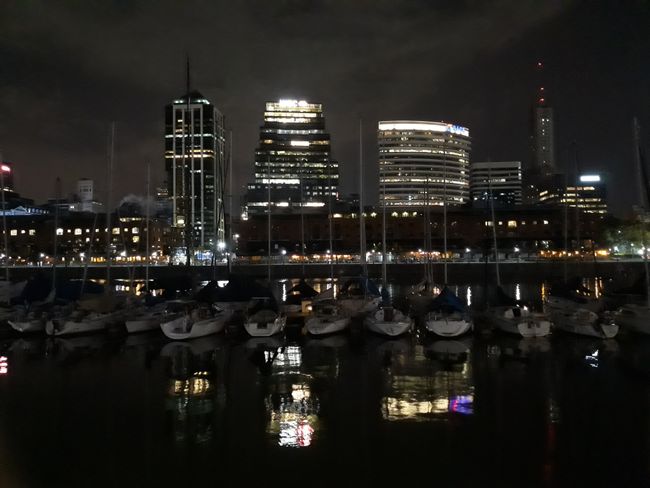
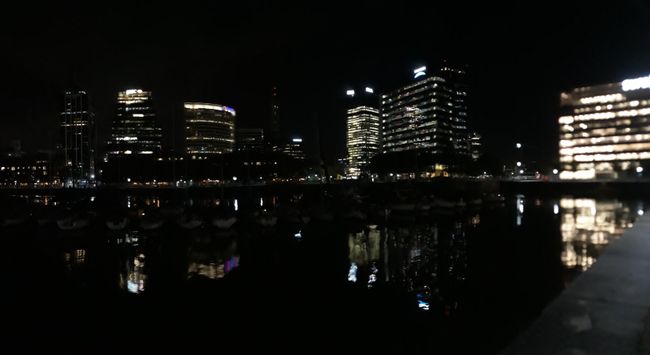
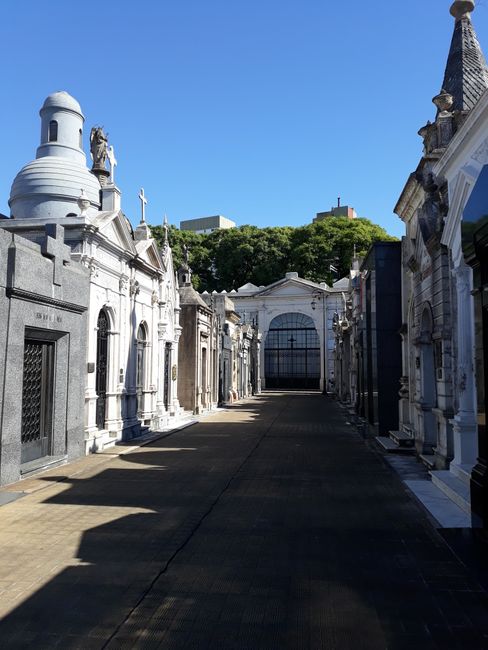
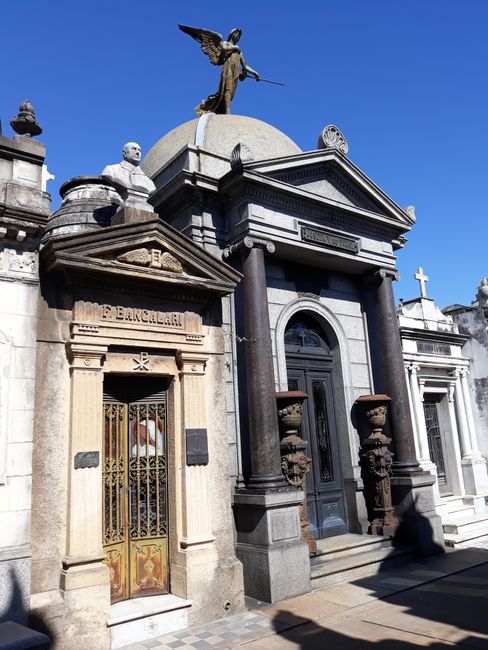
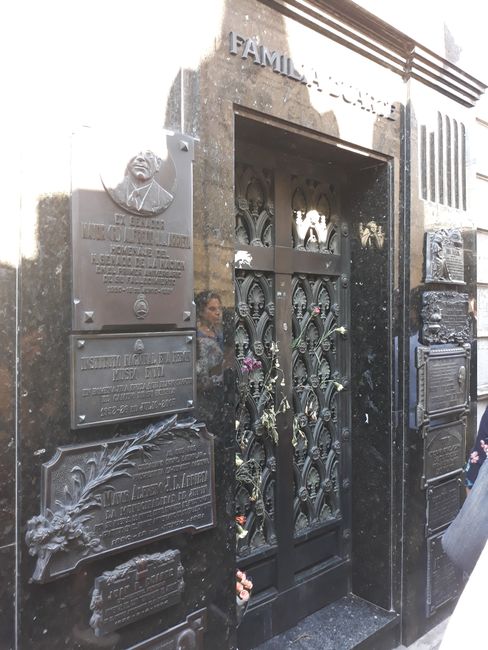
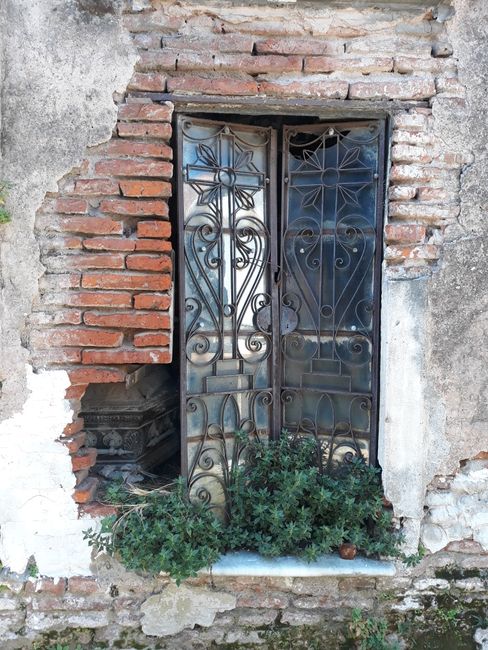
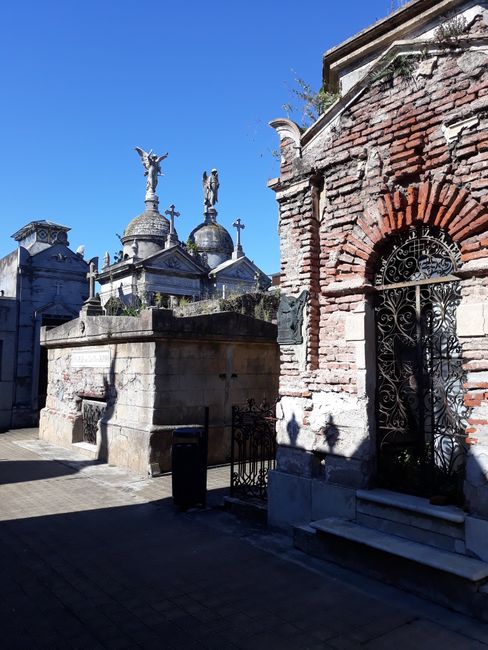
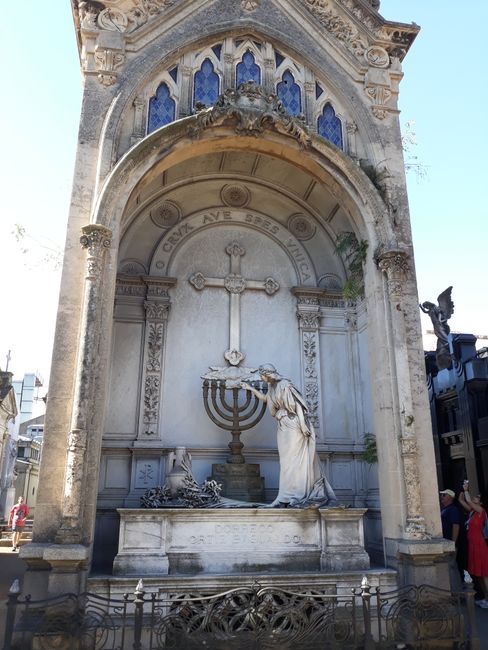
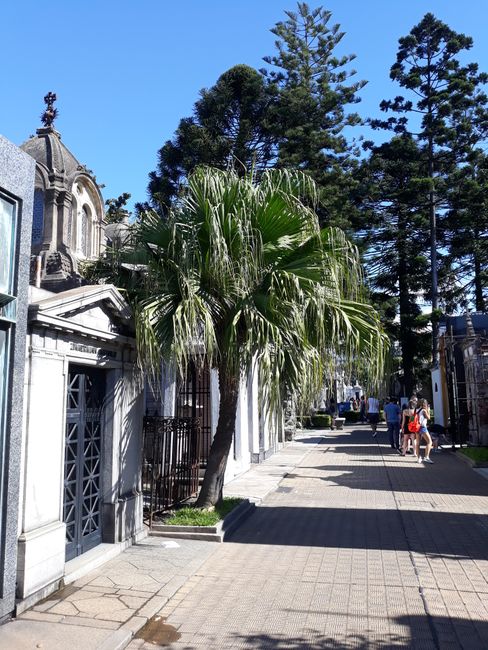
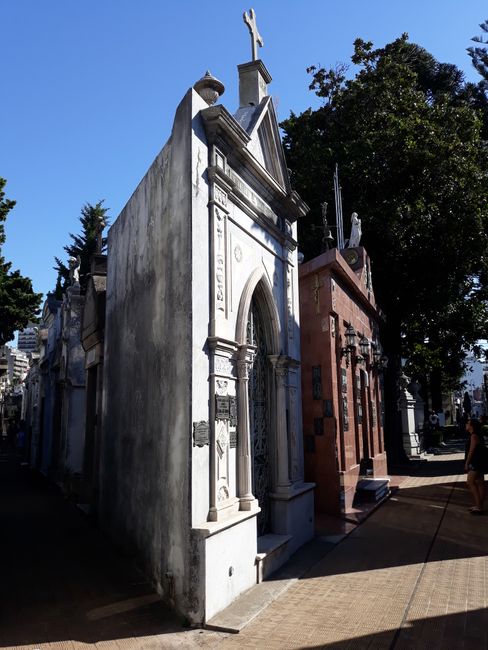
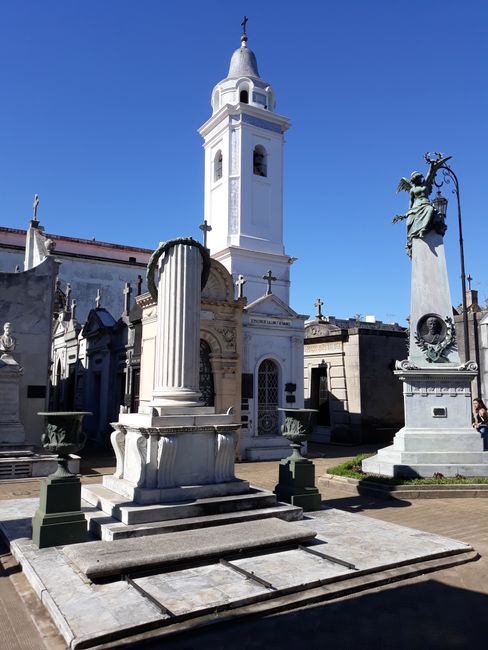
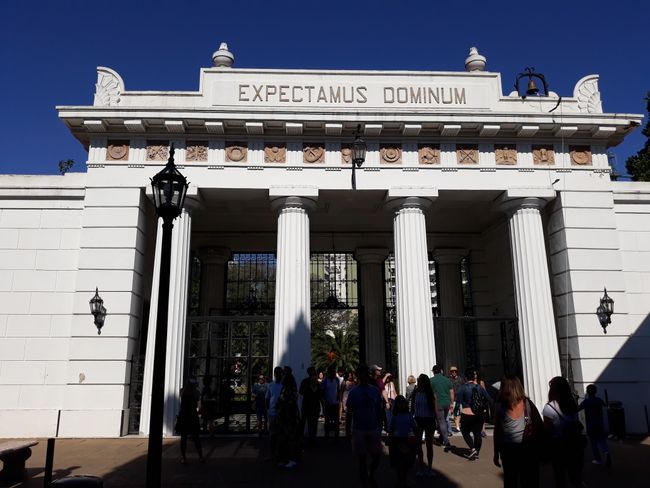
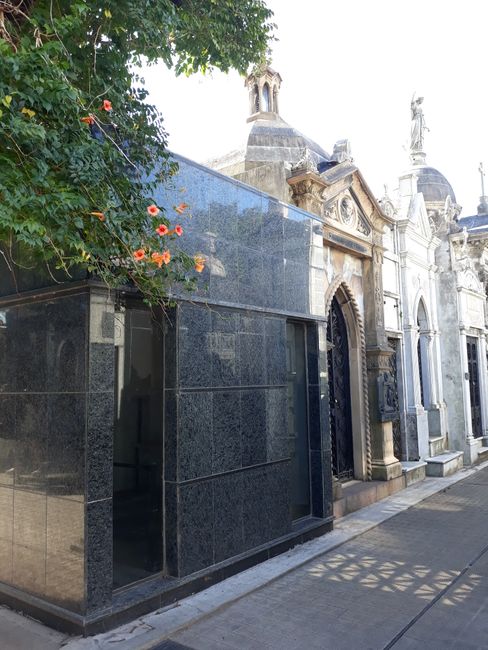
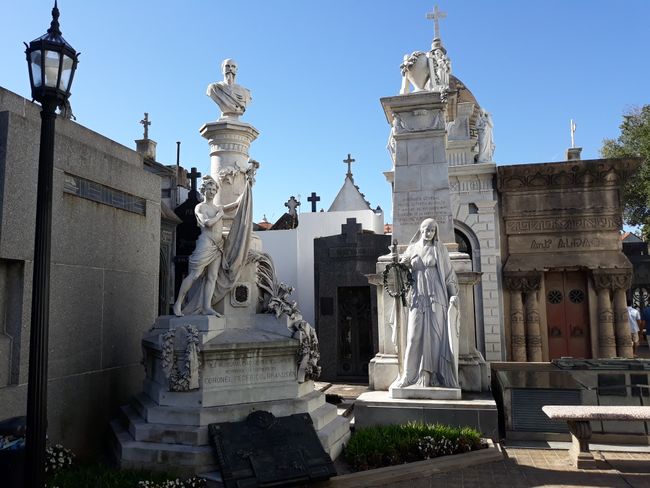
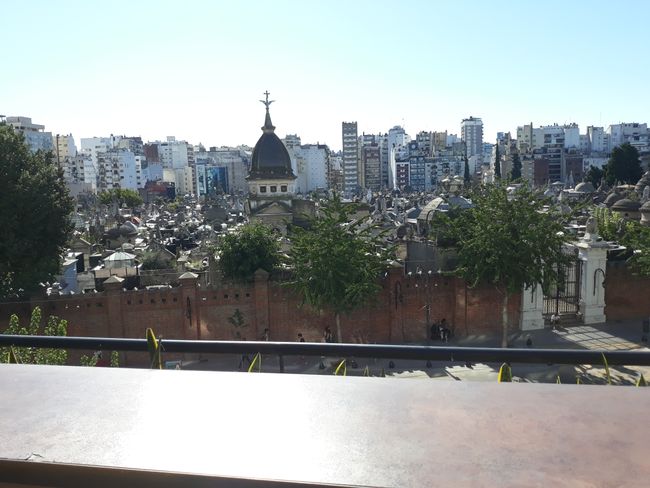
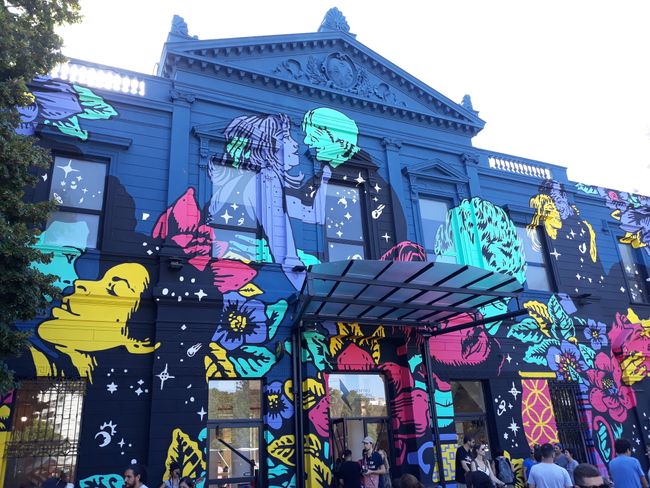
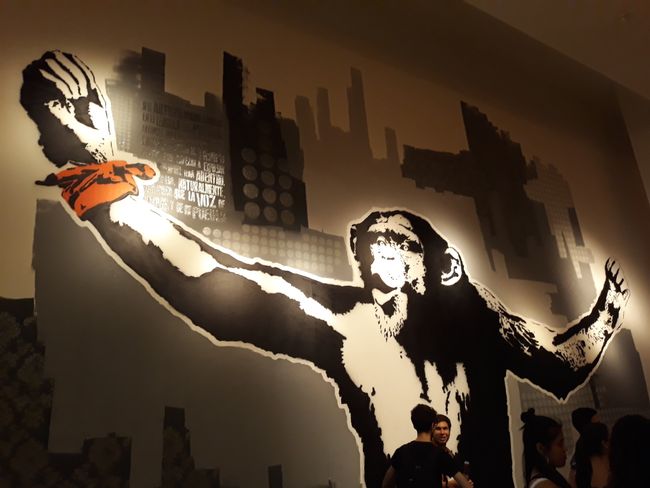
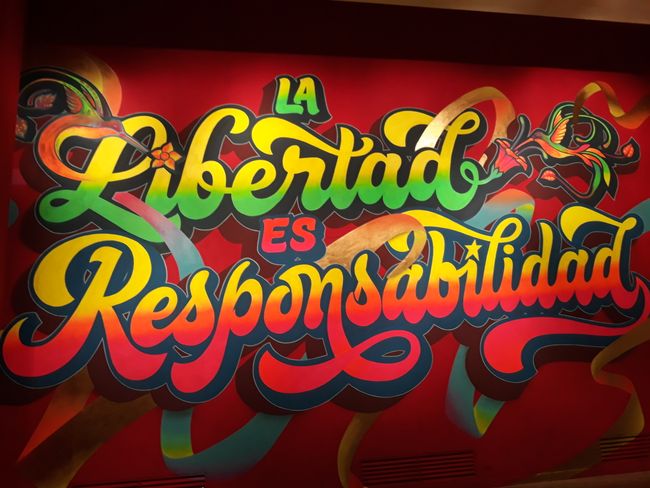
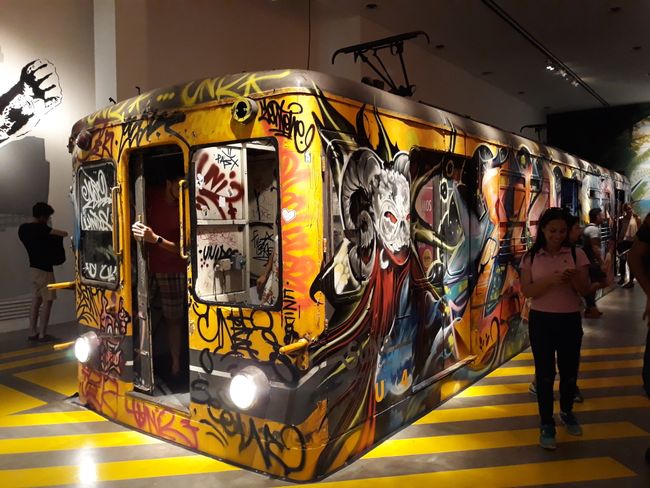
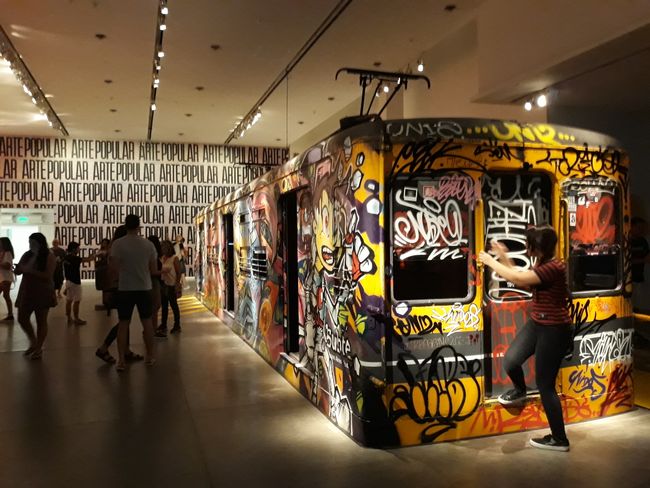
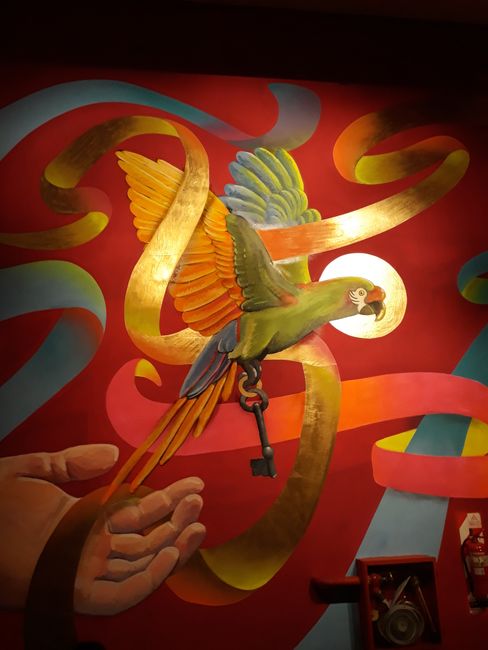
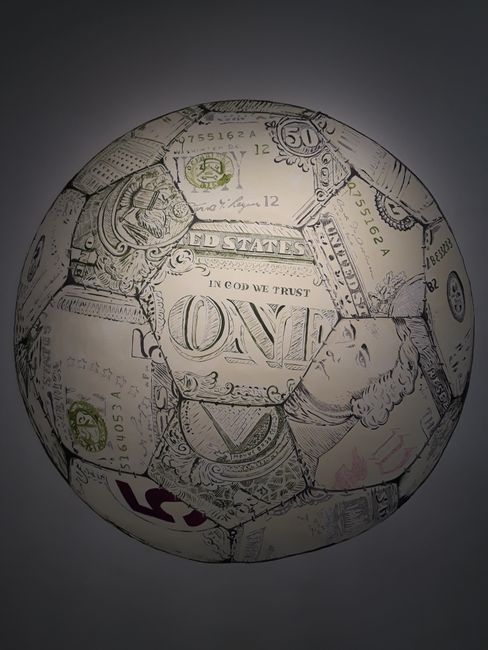
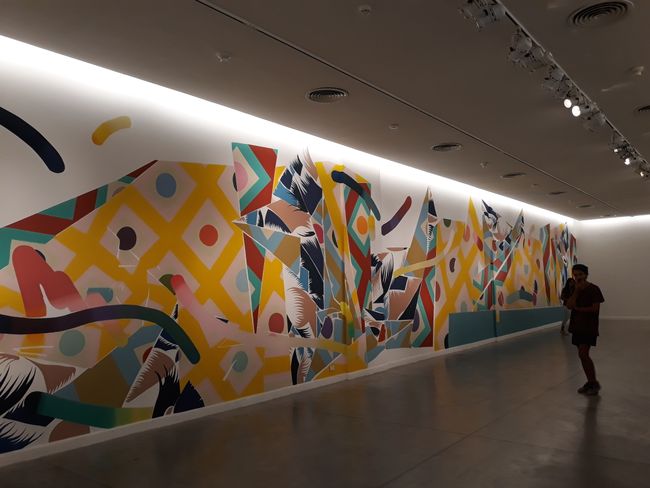
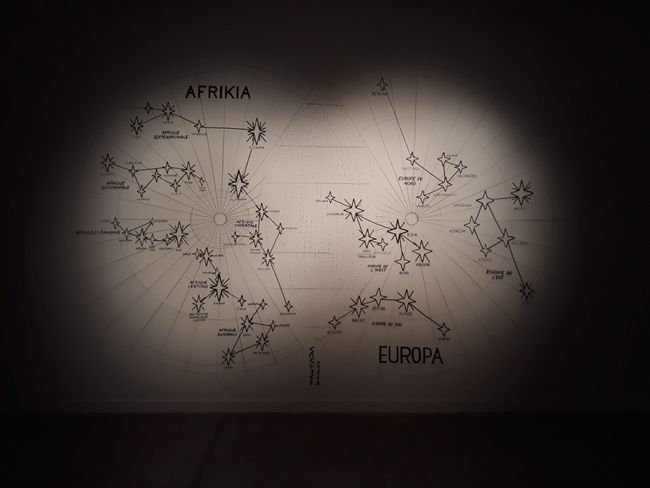
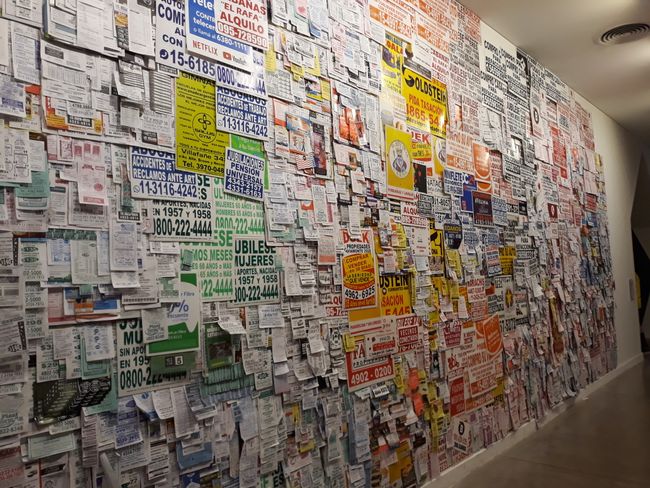
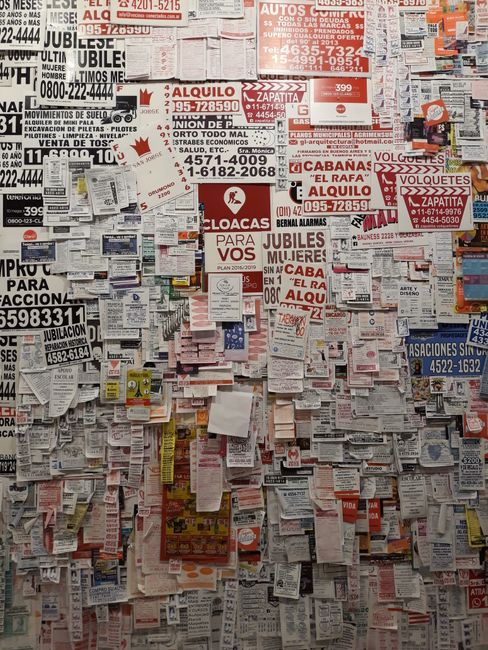
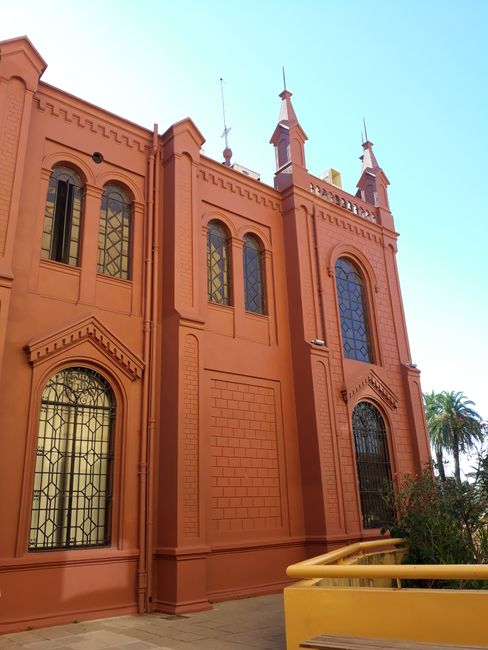
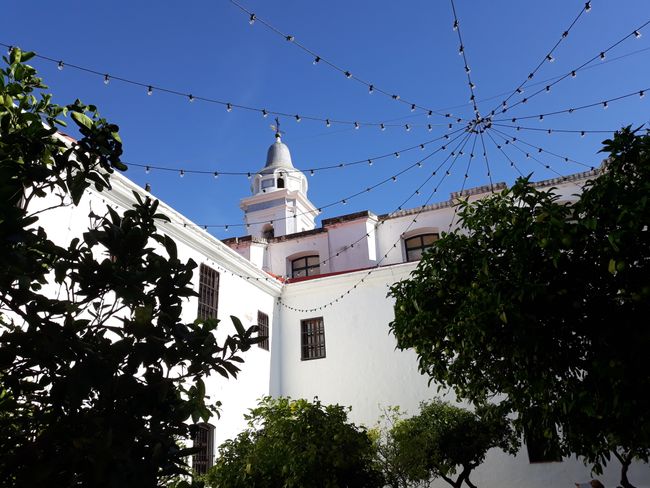
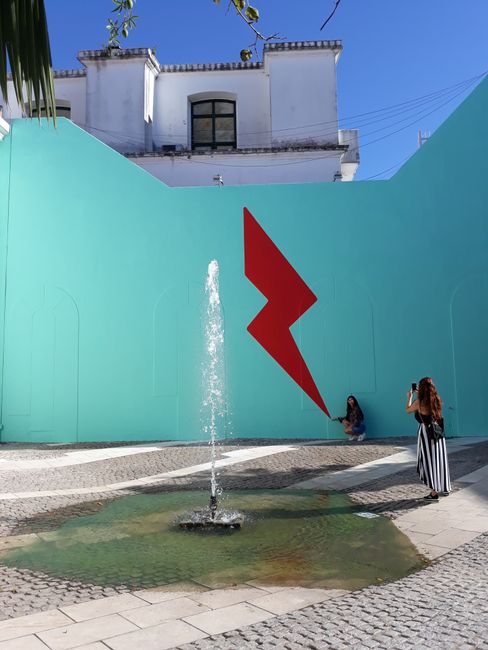
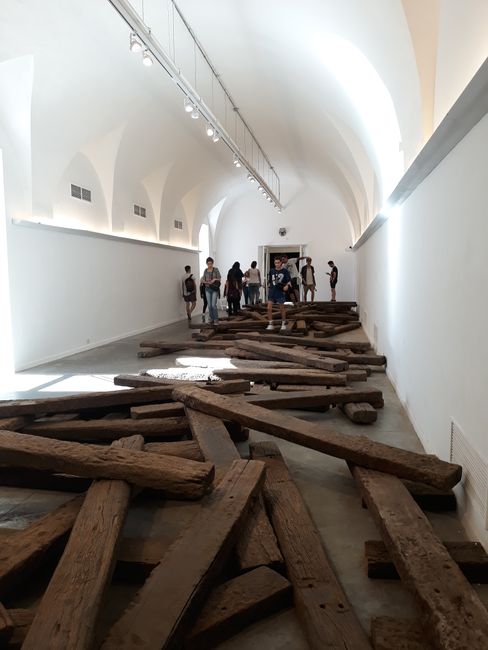
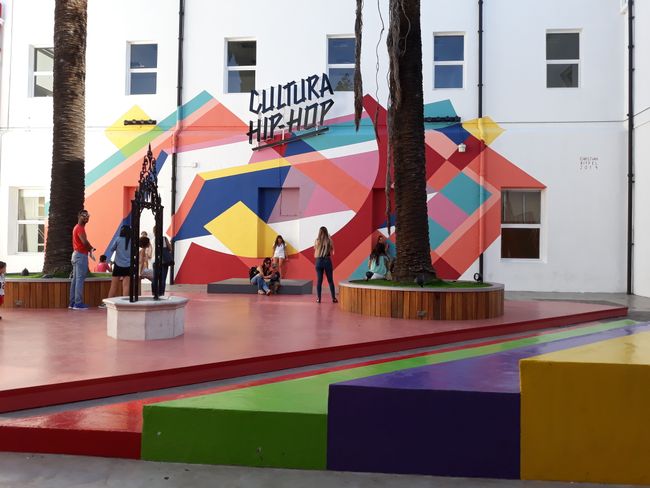
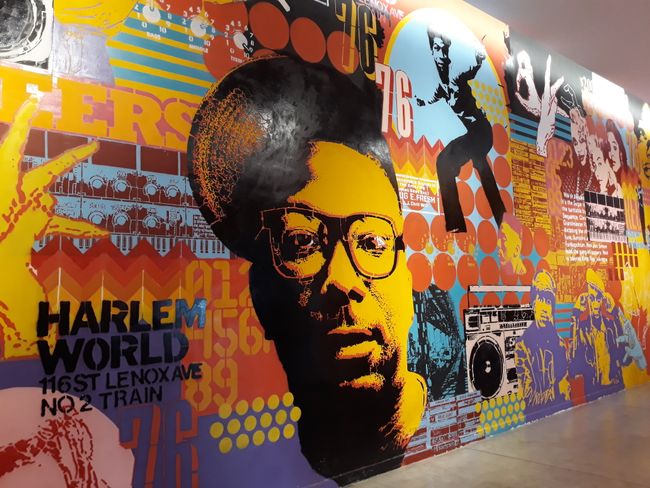
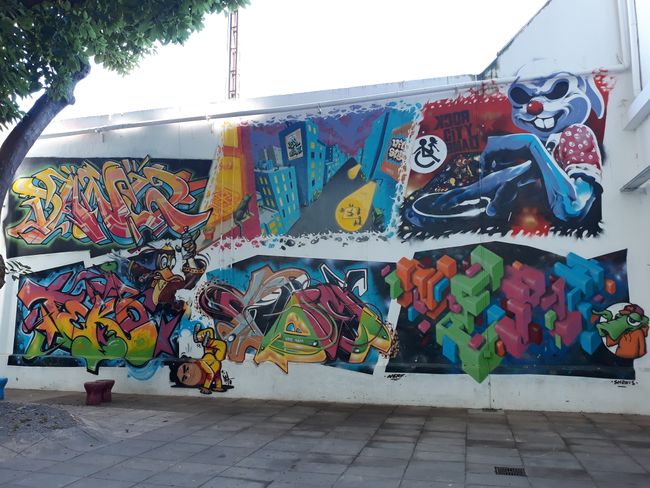
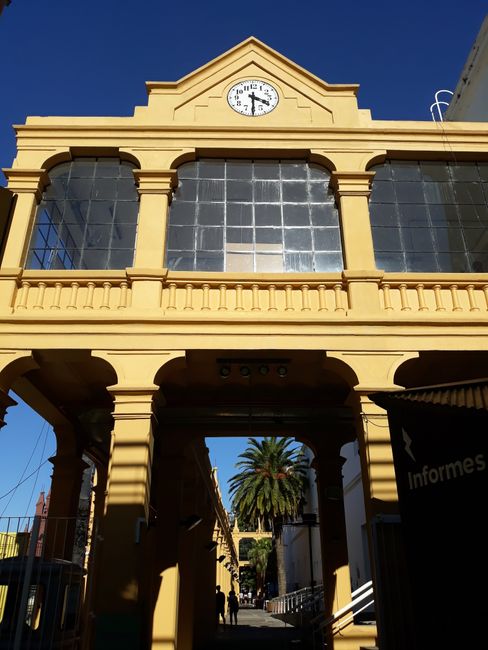
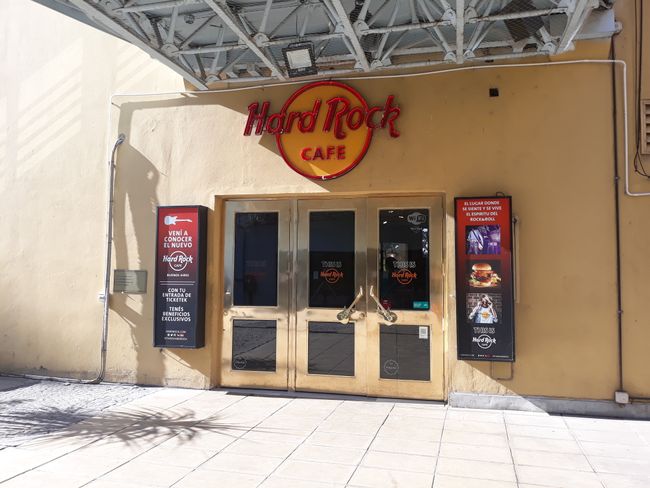
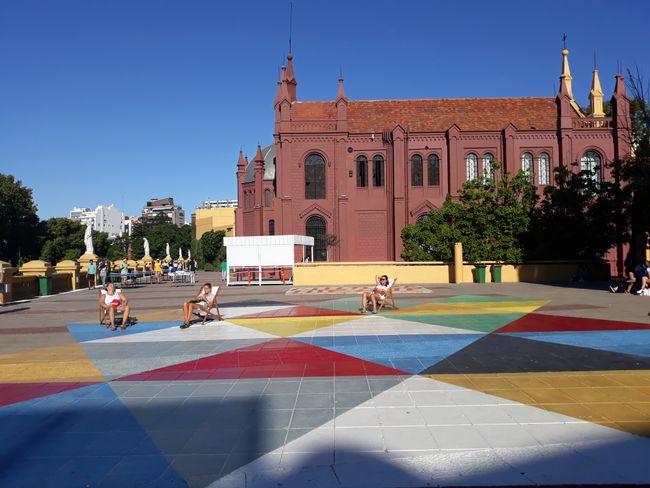
Падпісацца на рассылку
After five weeks in Buenos Aires, I had plenty of opportunities to get to know the city.
As far as tourist attractions go, I visited the Obelisk on Plaza de la República on Avenida 9 de Julio, the second widest street in the world, Plaza de Mayo with the Casa Rosada (Presidential Palace), the Cabildo (Town Hall), the Metropolitan Cathedral, the San Ignacio Church, and the famous Café Tortoni in the Microcenter. However, these places are usually only visited briefly by tourists. I spent the longest time at Café Tortoni, where I tried typical Argentine churros after waiting in line for about fifteen minutes to get in.
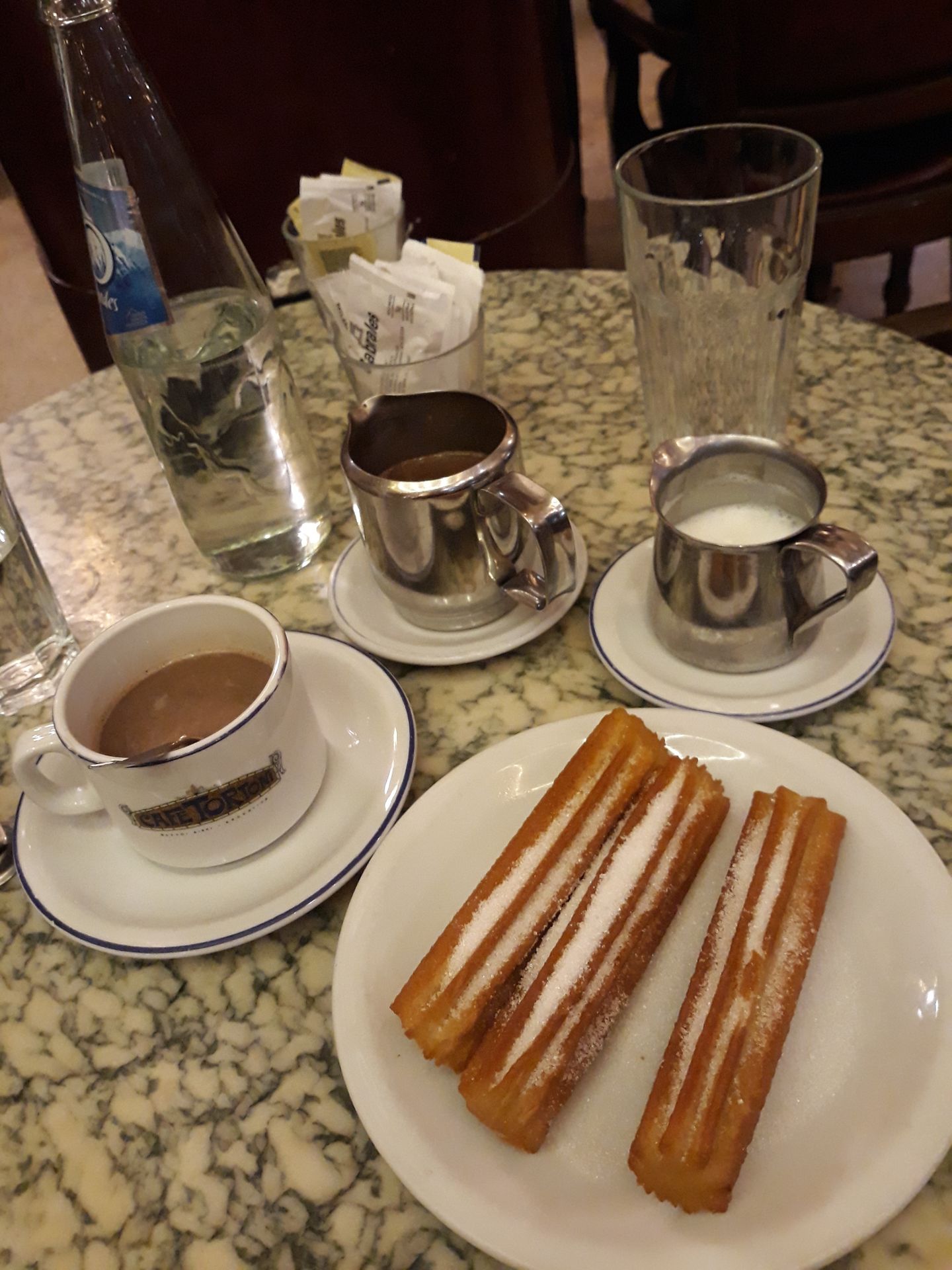
Adjacent to Plaza de Mayo is Calle Florida, which is known as the 'shopping street' of Buenos Aires and includes the two large malls, Galería Güemes and Galerías Pacífico. While I didn't go shopping there, I climbed the Torre Mitre in Galería Güemes, from where you have a 360° view of the roofs of the city.
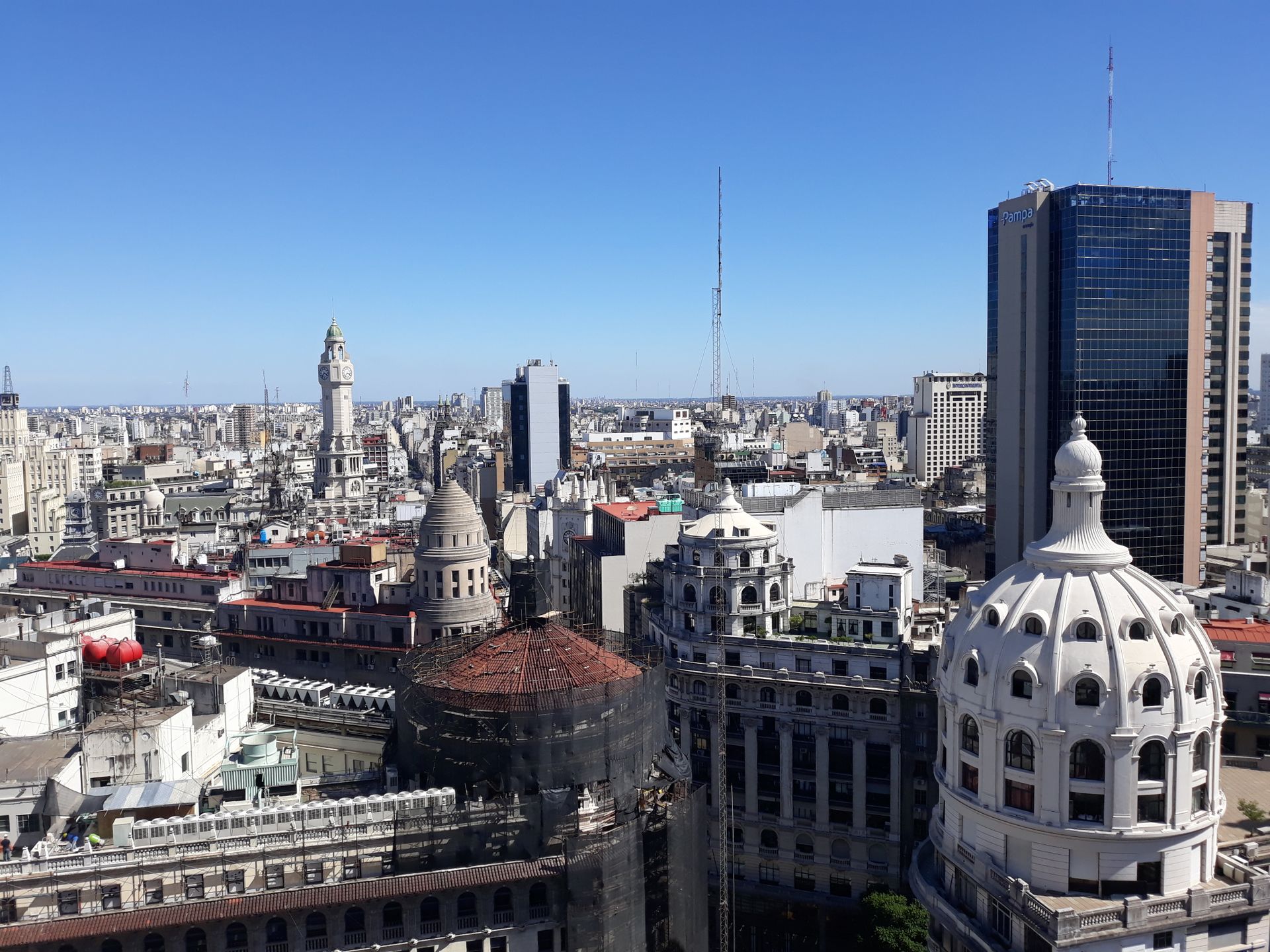
I also visited the Argentine National Congress and the Palacio Barolo in the San Nicolás neighborhood, from where I watched a beautiful sunset. Not far from there, I walked through the San Telmo Market in the neighborhood of the same name, where handmade souvenirs, jewelry, clothing, and food were sold. The market stretches along Calle Defensa and individual side streets, where protests were taking place that day like every Sunday. By the way, because I got lost, I accidentally stumbled upon a political demonstration on Avenida 9 de Julio, where thousands of people protested against the current government.
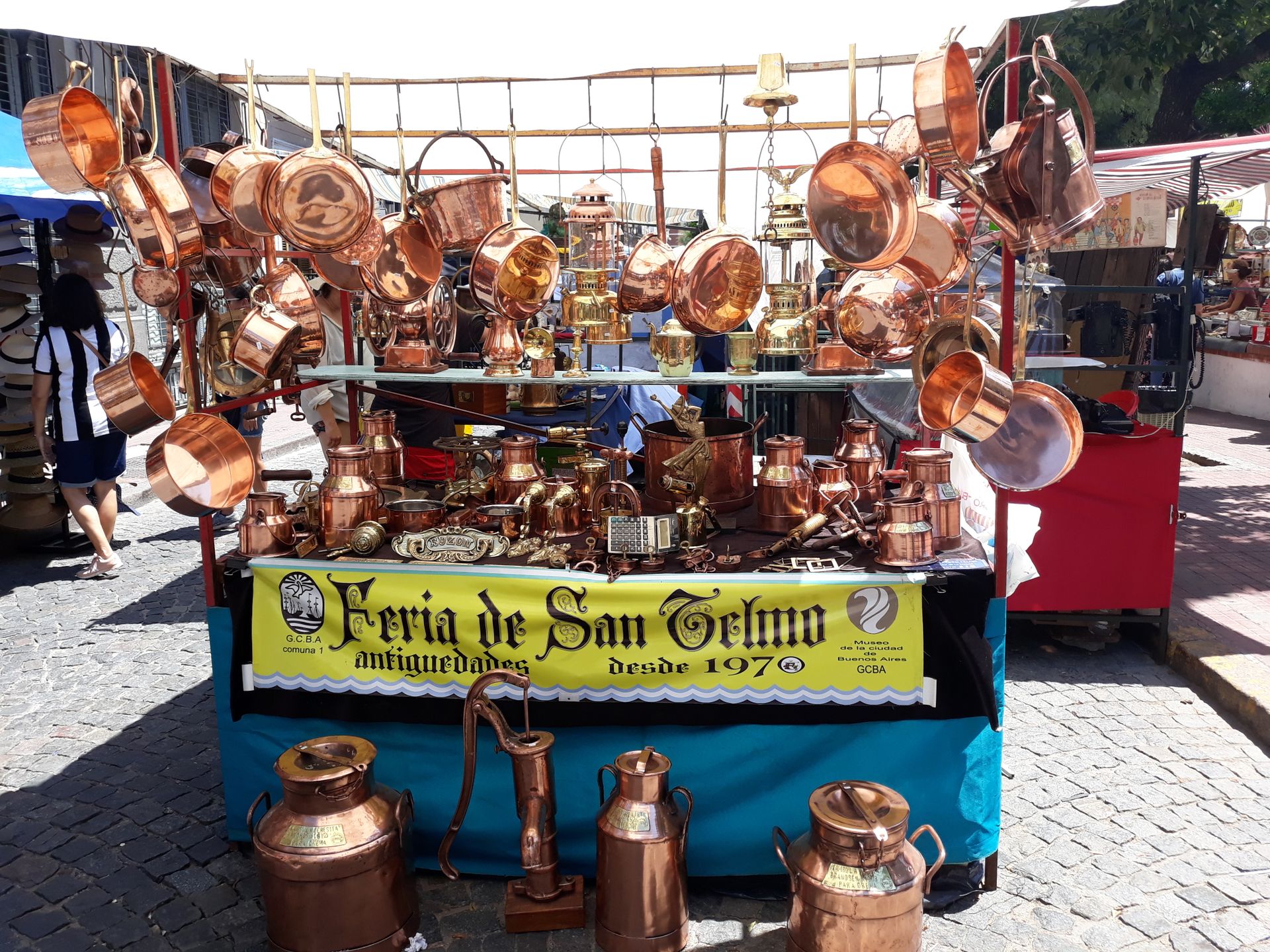
I also saw Caminito in La Boca, the famous street in Buenos Aires with the colorful houses. However, I was somewhat disappointed because I thought there would be more colorful houses and the path would be longer. Taking beautiful photos was also almost impossible, as hundreds of tourists were walking along this one short path at the same time. The main attraction and most popular spot for taking photos is the Havanna café on the corner, where there was already a line formed.
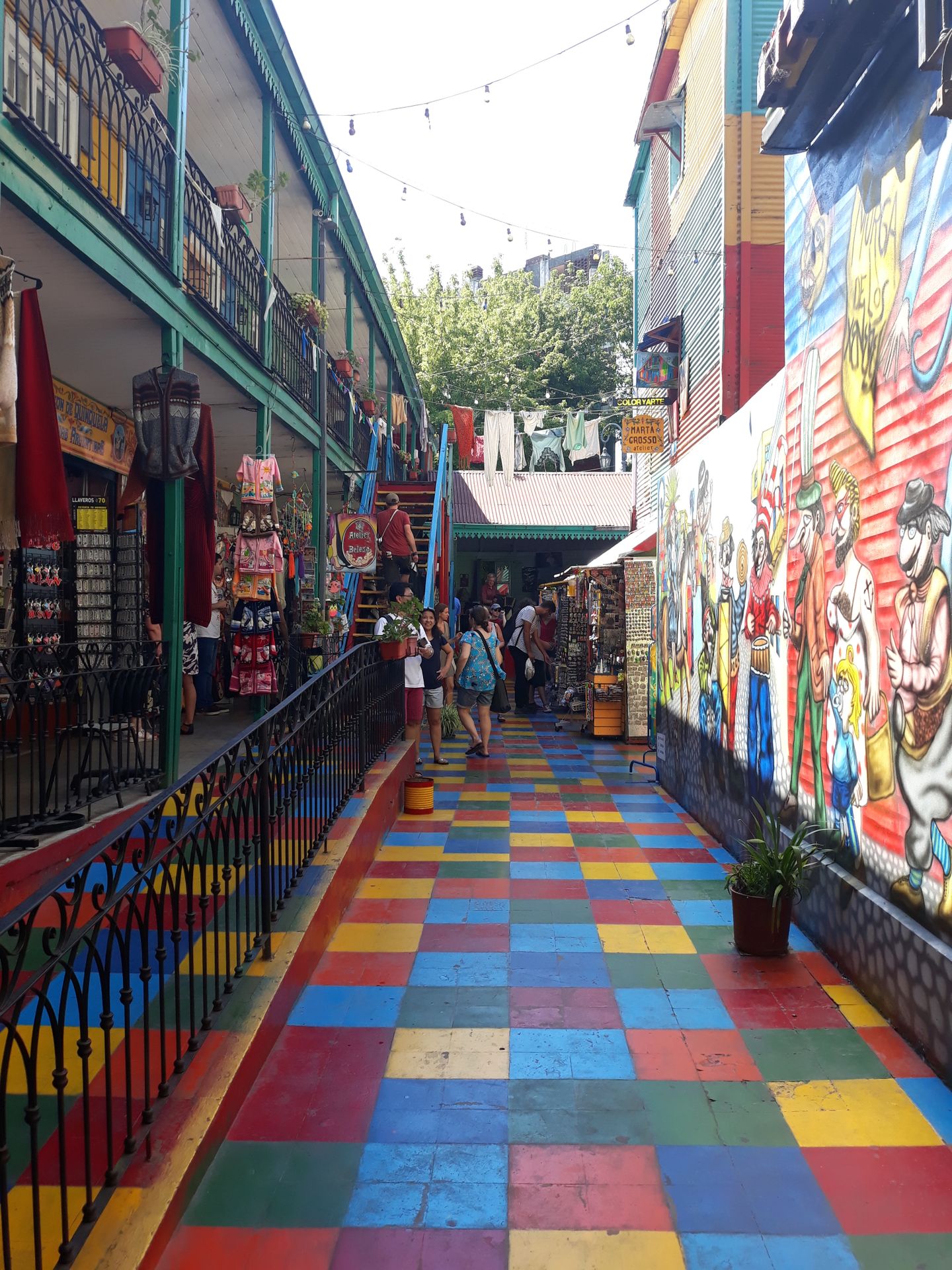
In Caminito, you can also enter numerous souvenir shops or eat at restaurants where a professional dance couple performs the tango. Contrary to the recommendation of my colleagues, I walked from the San Telmo Market to the La Boca neighborhood. Usually, you shouldn't do this, as it is one of the poorer neighborhoods where there are hardly any people on the streets other than in Caminito, making it somewhat more dangerous. However, this way I had the opportunity to visit the Museum of Modern Art (MAMBA) on the way and walk past La Bombonera football stadium.
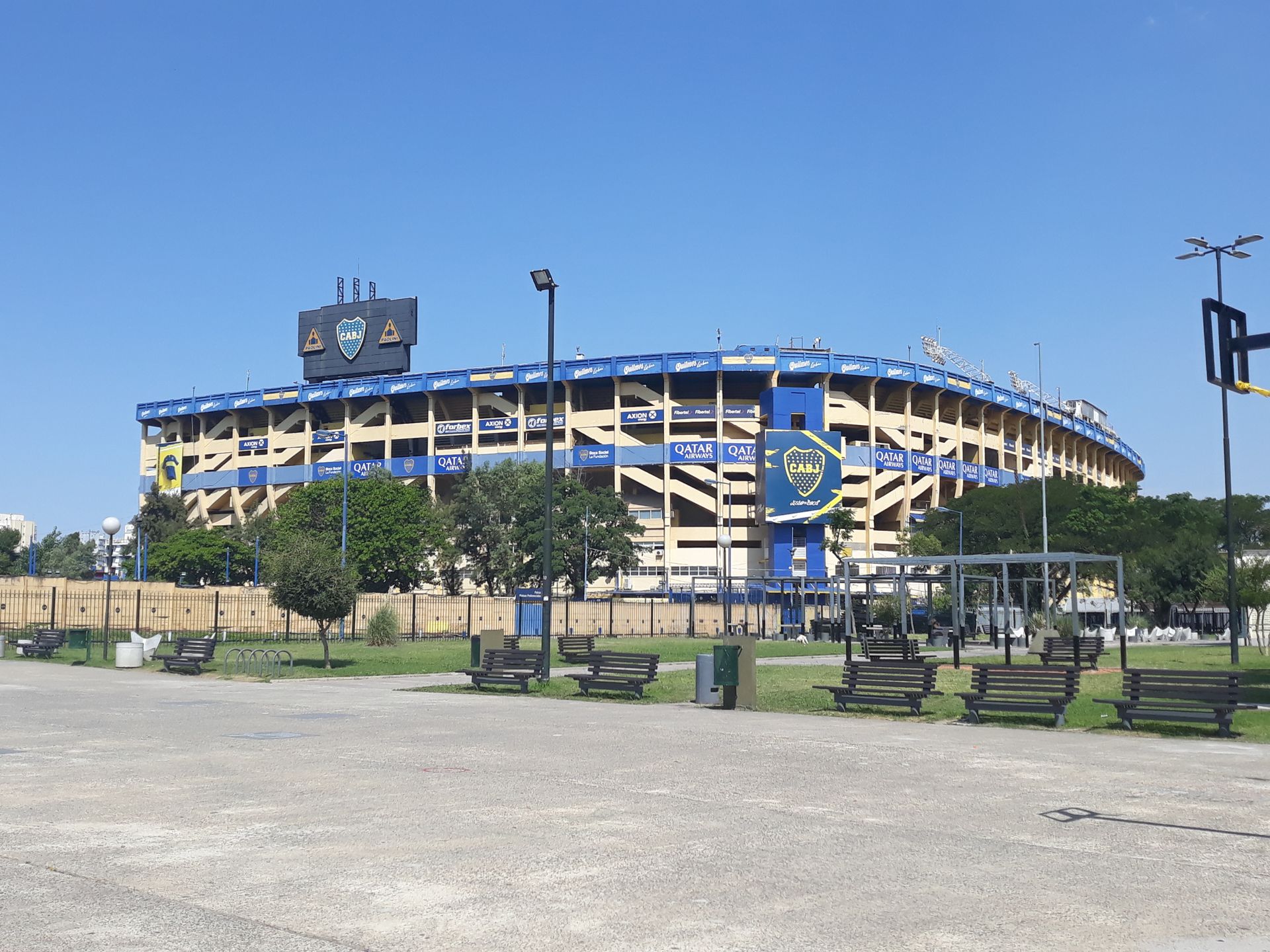
One place that I particularly liked so far is Puerto Madero, the port of Buenos Aires, where you can find, among other things, the famous Puente de la Mujer. This bridge is supposed to represent a couple dancing tango. The white mast symbolizes the man and the curved silhouette represents the woman. Also worth seeing is the Uruguay ship at Puerto Madero, which now serves as a museum and can be visited from top to bottom. It is especially beautiful to walk along Puerto Madero in the evening when the nightlife begins and the colorful lights of the numerous bars reflect in the water. On the other side of the bridge, I also visited the Crystal Bar of the Alvear Icon Hotel at night, which is located on the 32nd floor - definitely one of my highlights in Buenos Aires.

Not far from the Microcenter, in Retiro, I visited the Torre Monumental at Plaza San Martín, a gift from British-Argentines to the city, which I found to be rather unspectacular.
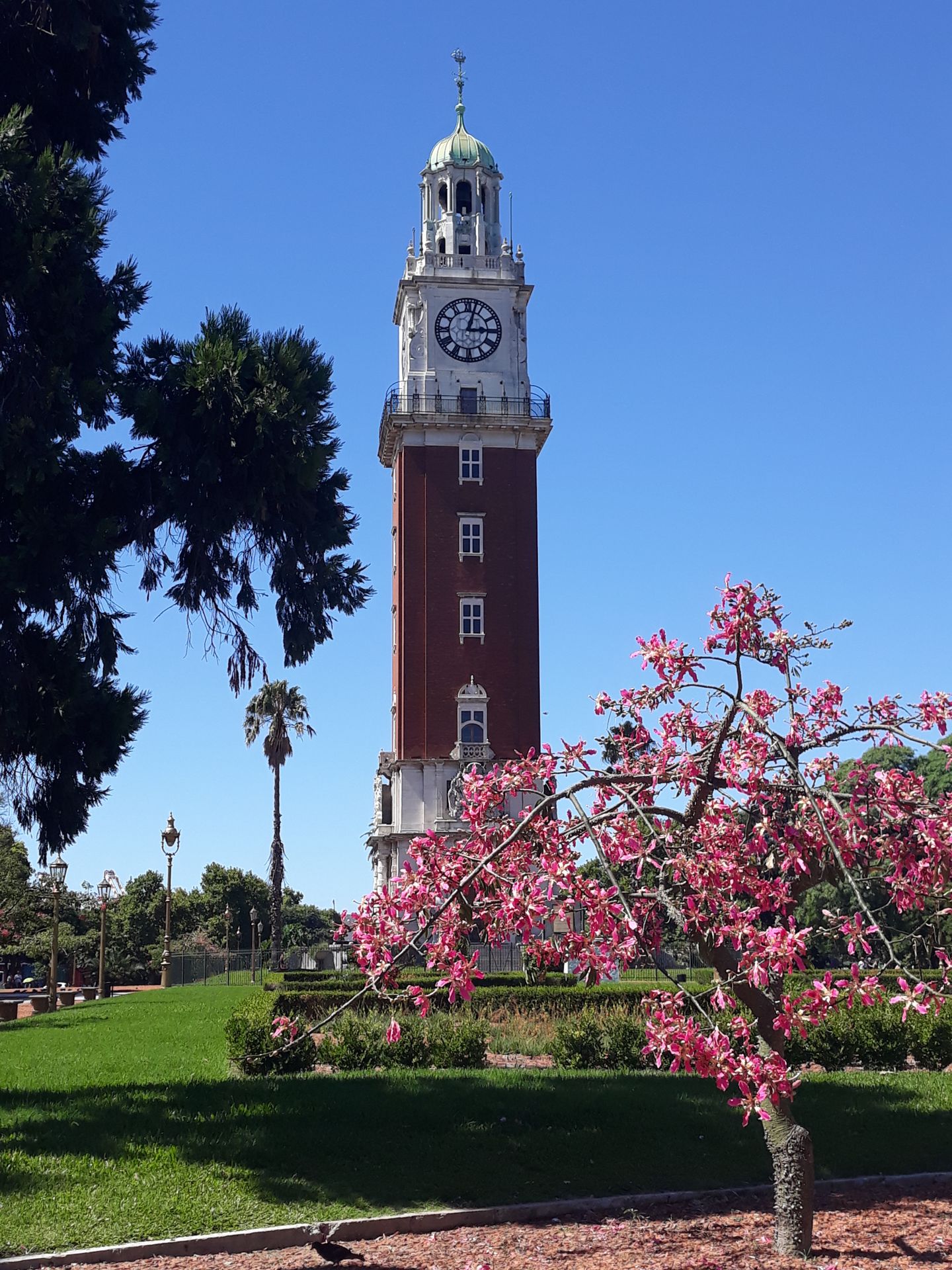
The neighboring neighborhood of Retiro is called Recoleta and is known to be a bit more expensive, but also home to magnificent buildings. This includes, for example, the Recoleta Cemetery, which looks like its own little city and is often referred to as the most beautiful cemetery in the world. The highlight of this cemetery for Argentinians and tourists is the family tomb of Eva Peron, the former First Lady, who is considered one of the most famous people in Argentina. Another very grand building in Recoleta is the Ateneo Grand Splendid, a huge bookstore that used to be a theater and still retains its form inside.
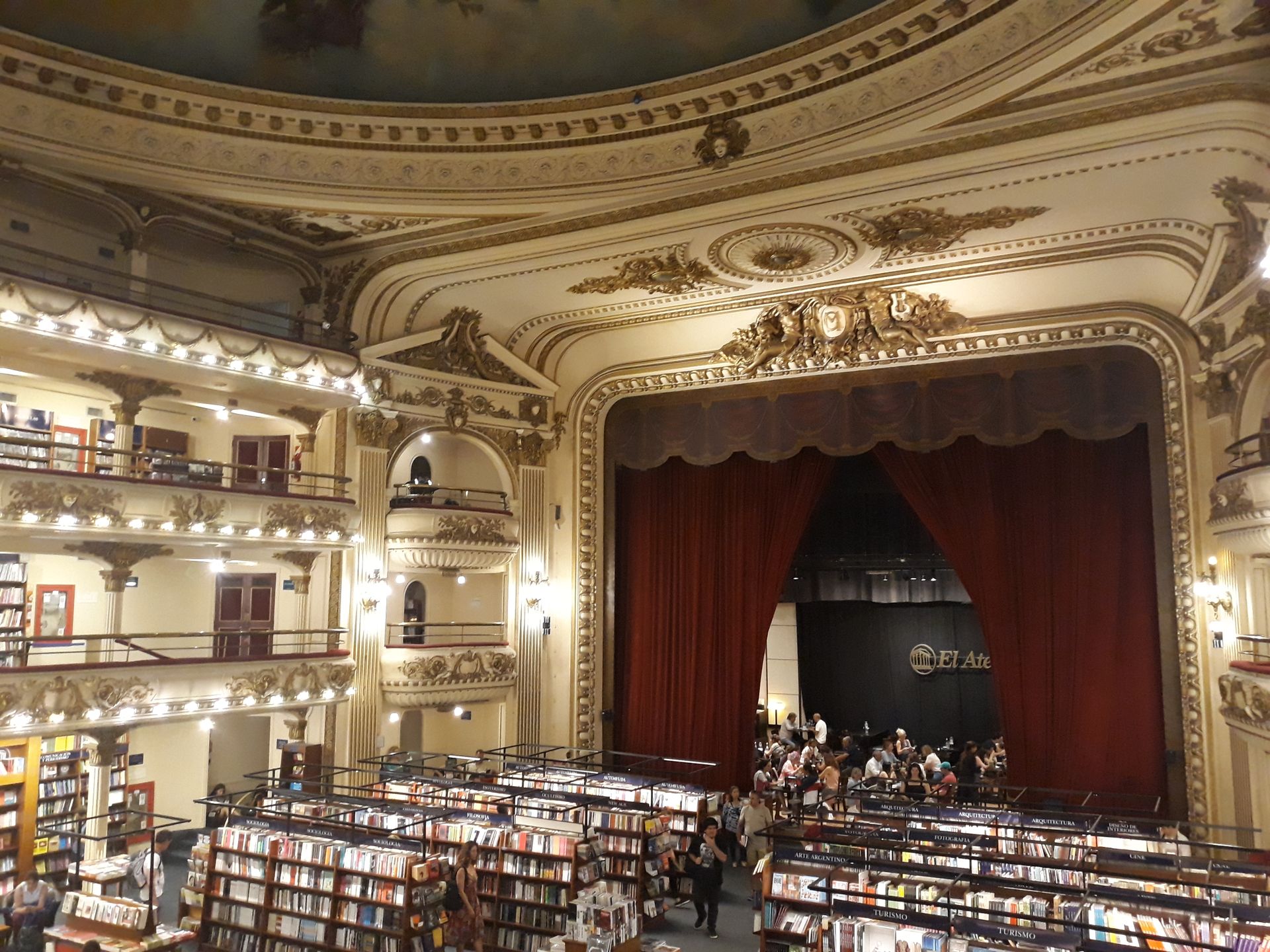
In this neighborhood, I also found the building of the Faculty of Law (Facultad de Derecho) and the well-known Floralis Genérica to be very worth seeing. The nearby National Museum of Fine Arts was unfortunately closed for renovations at this time. Instead, I spent more time at the Centro Cultural Recoleta, which combines exhibition spaces with courtyards and cafes for relaxation and offers perfect backdrops for Instagram bloggers. There are also often smaller events taking place there.
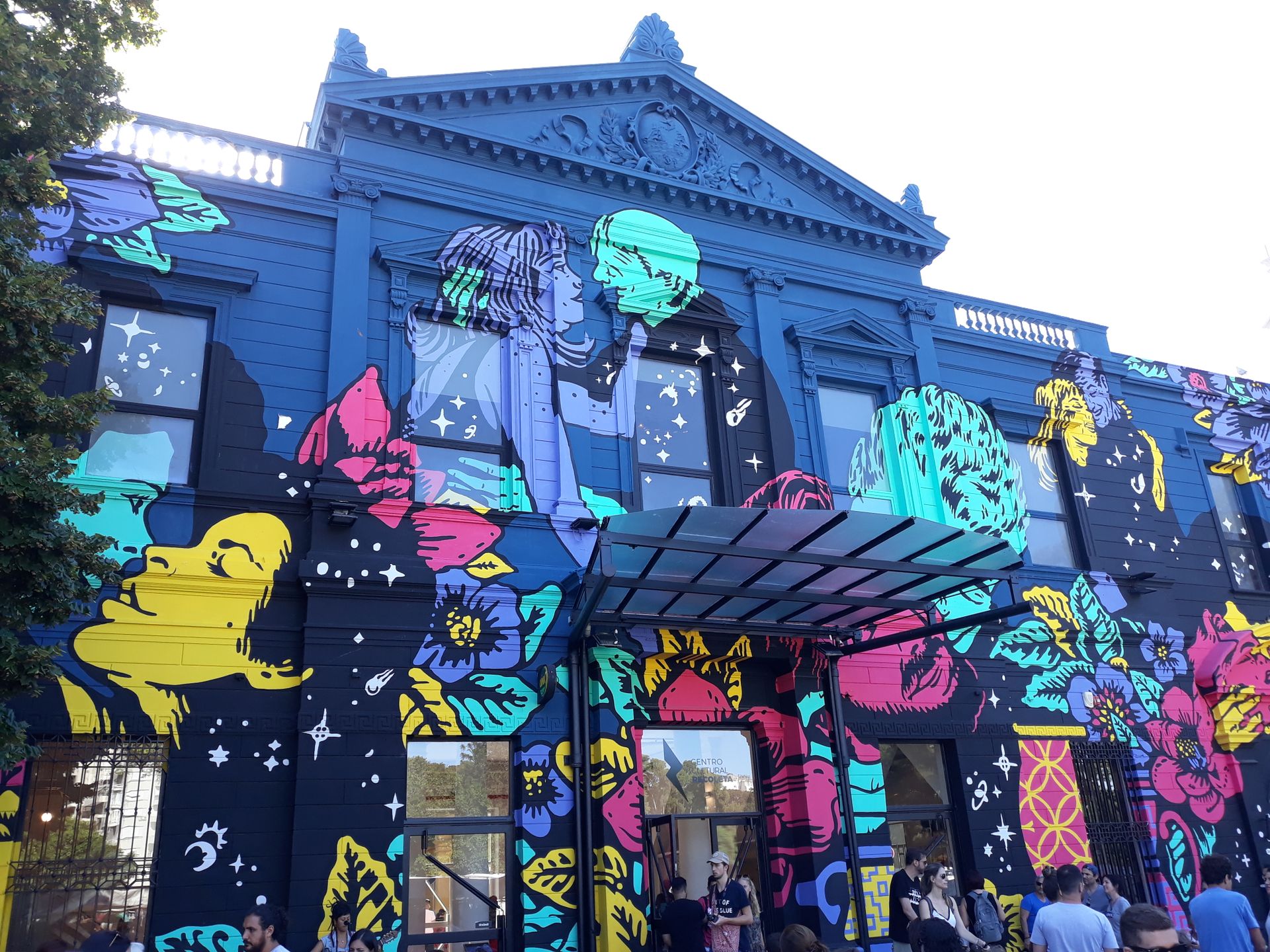
Падпісацца на рассылку
Адказ
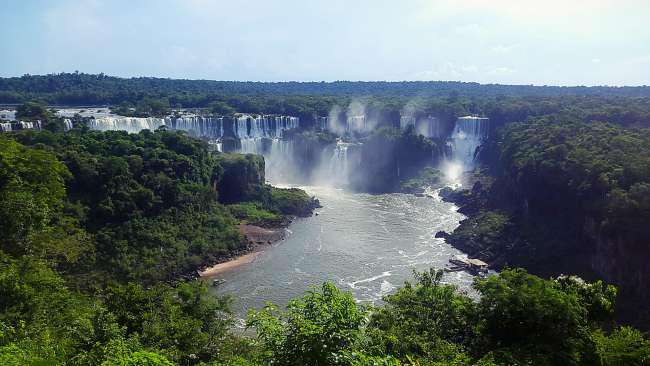
Справаздачы аб падарожжах Аргенціна
